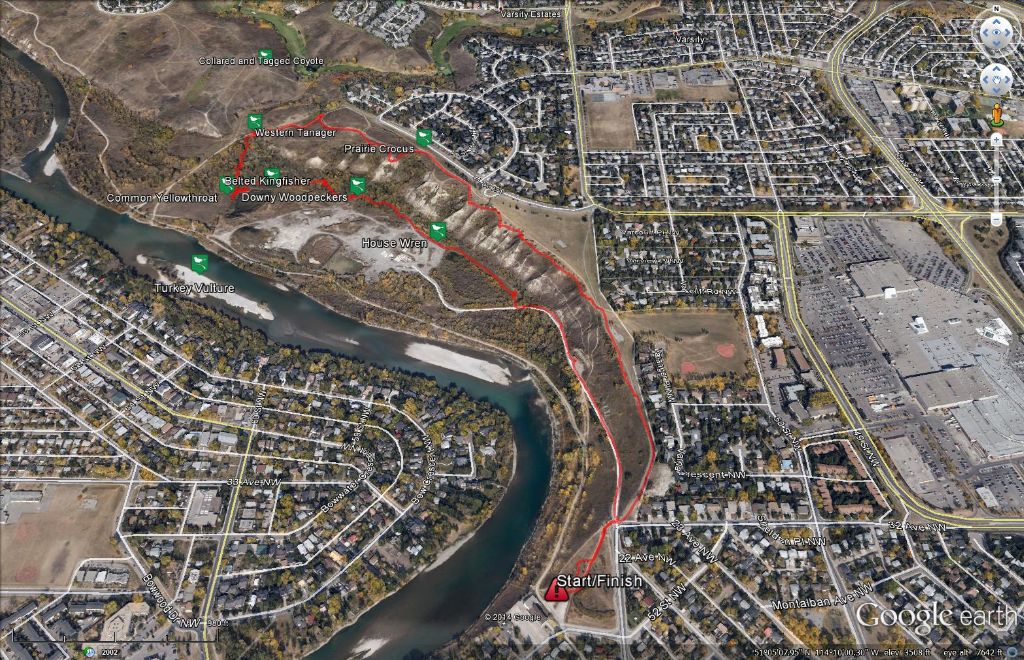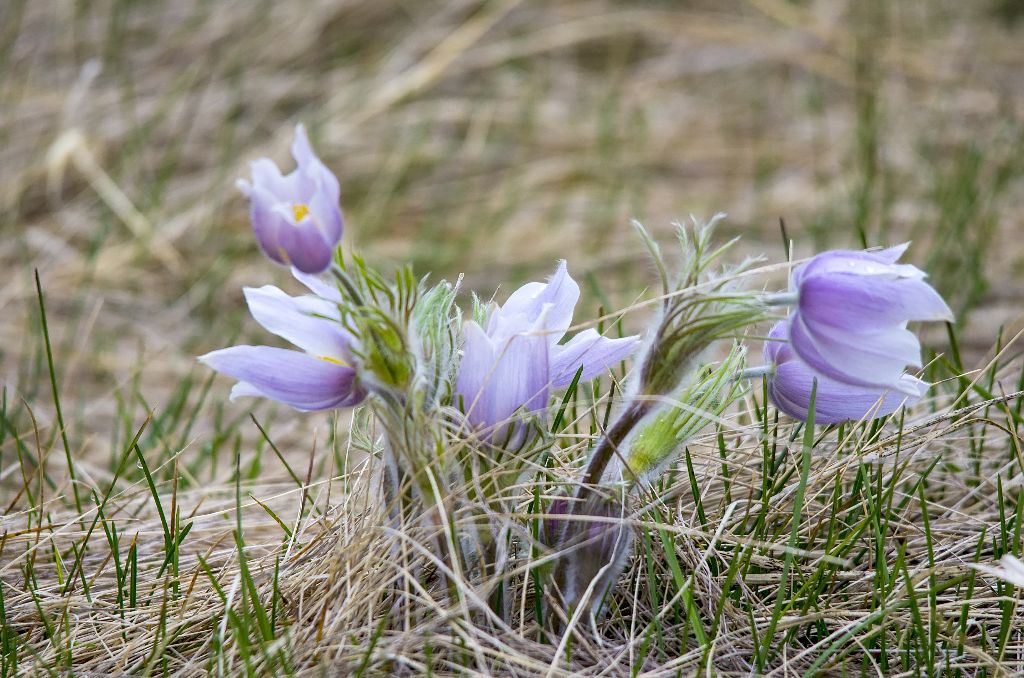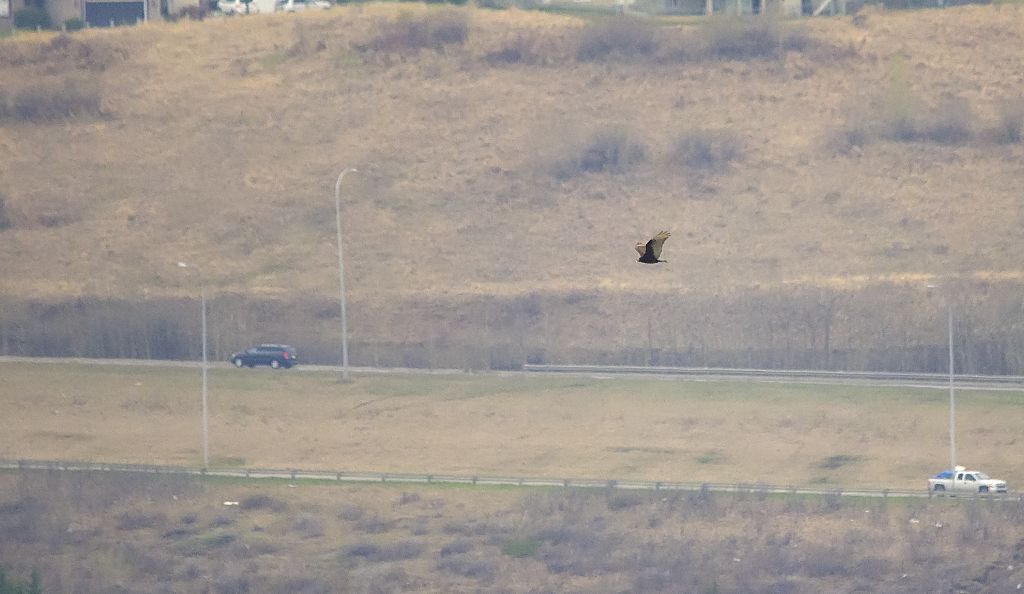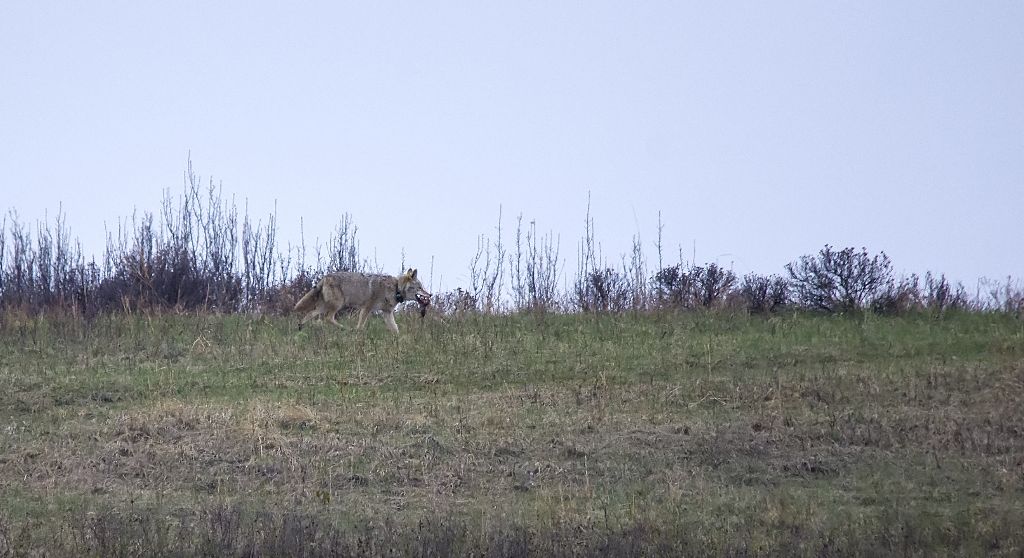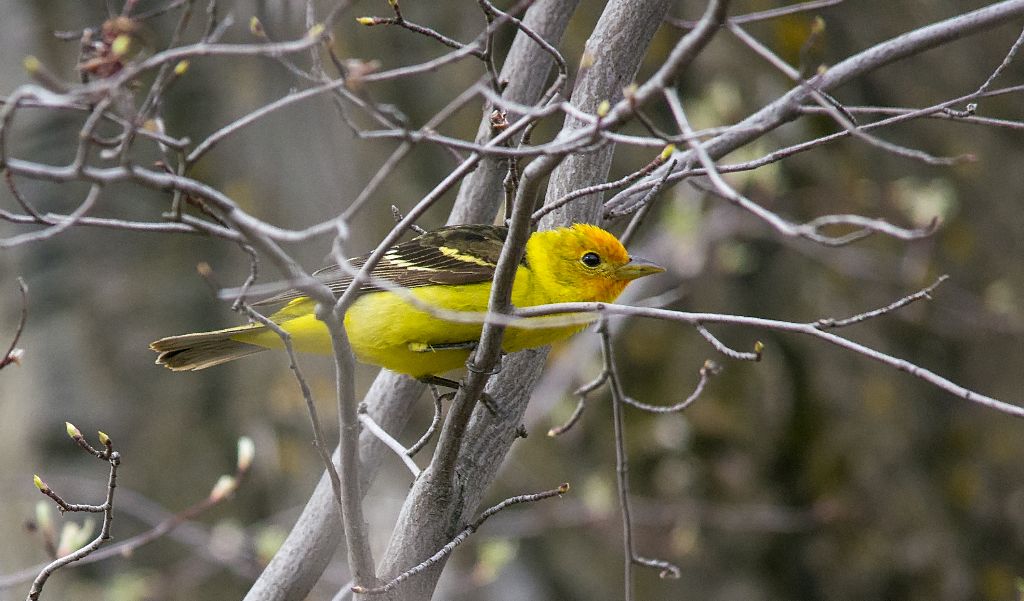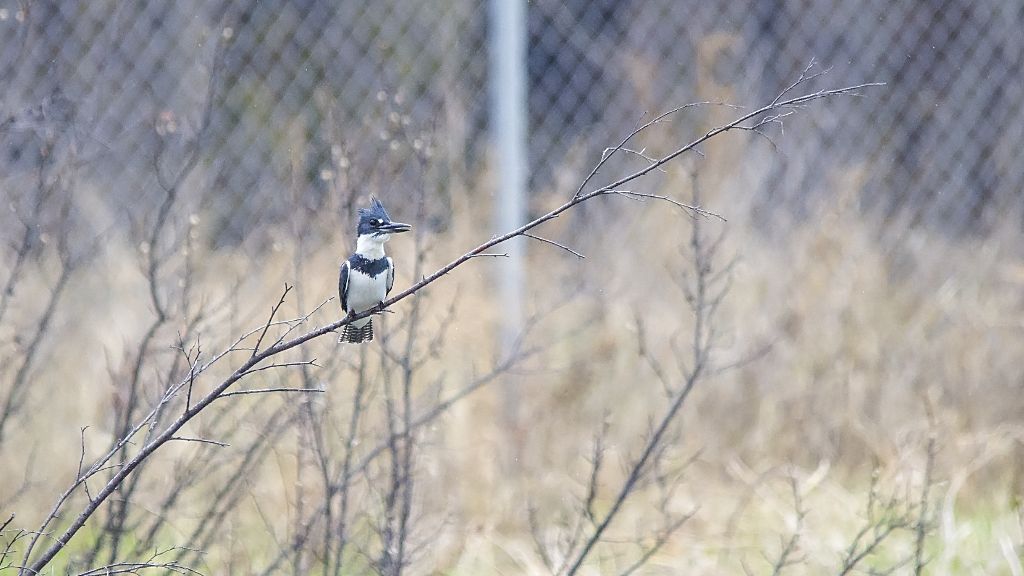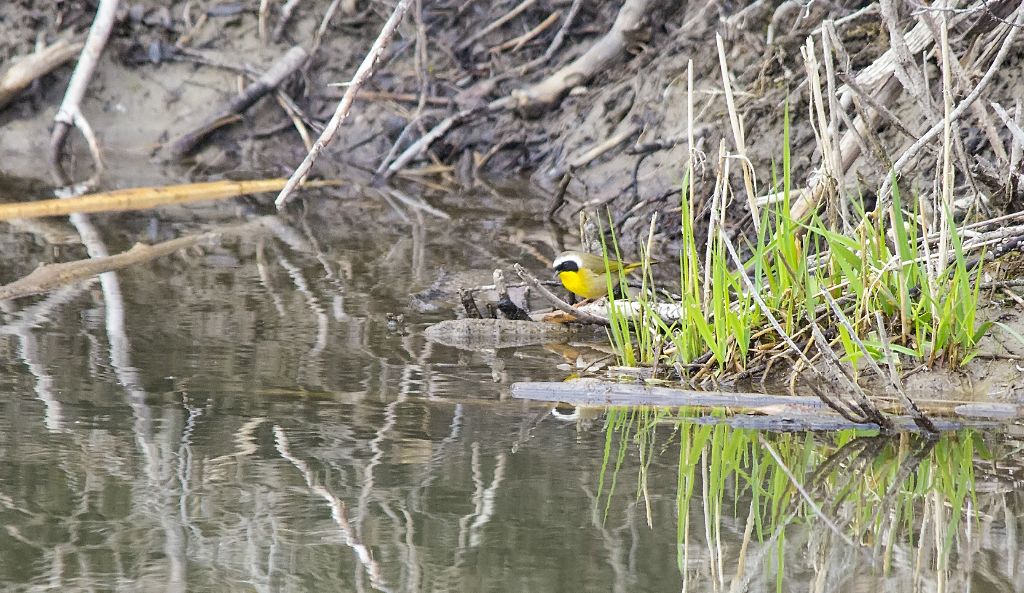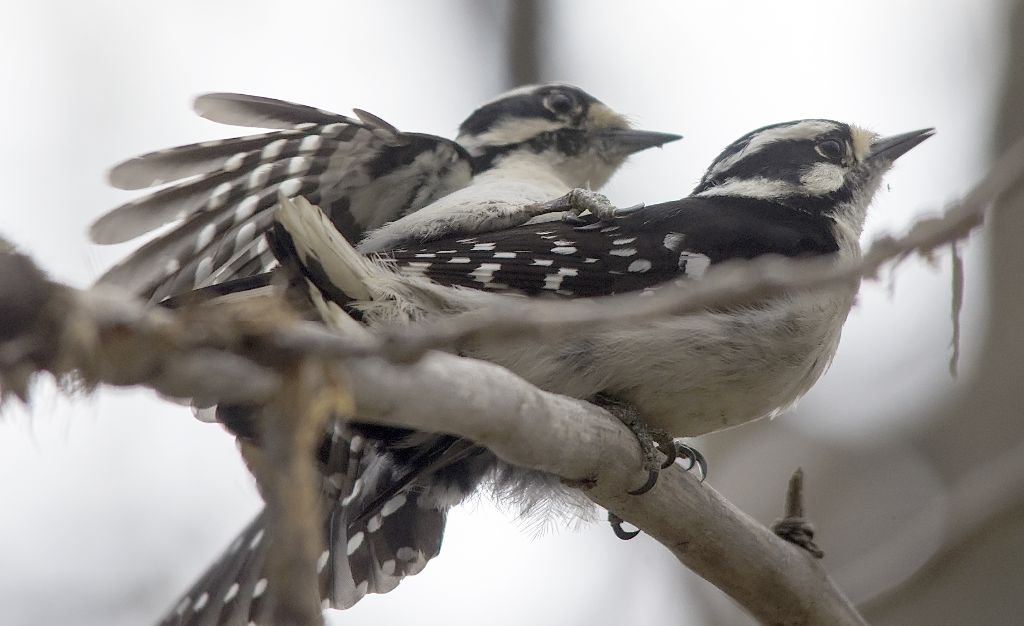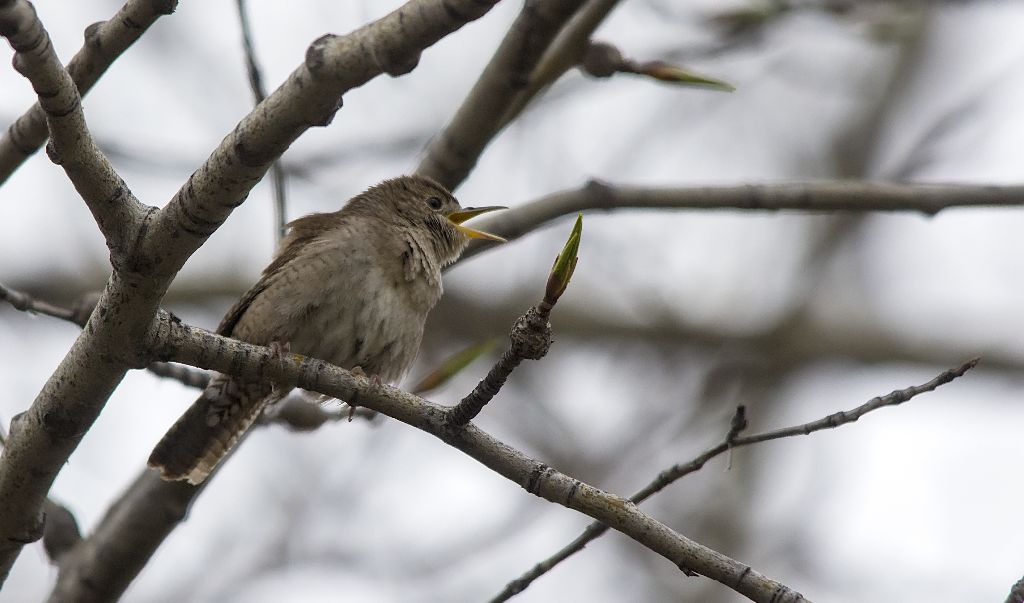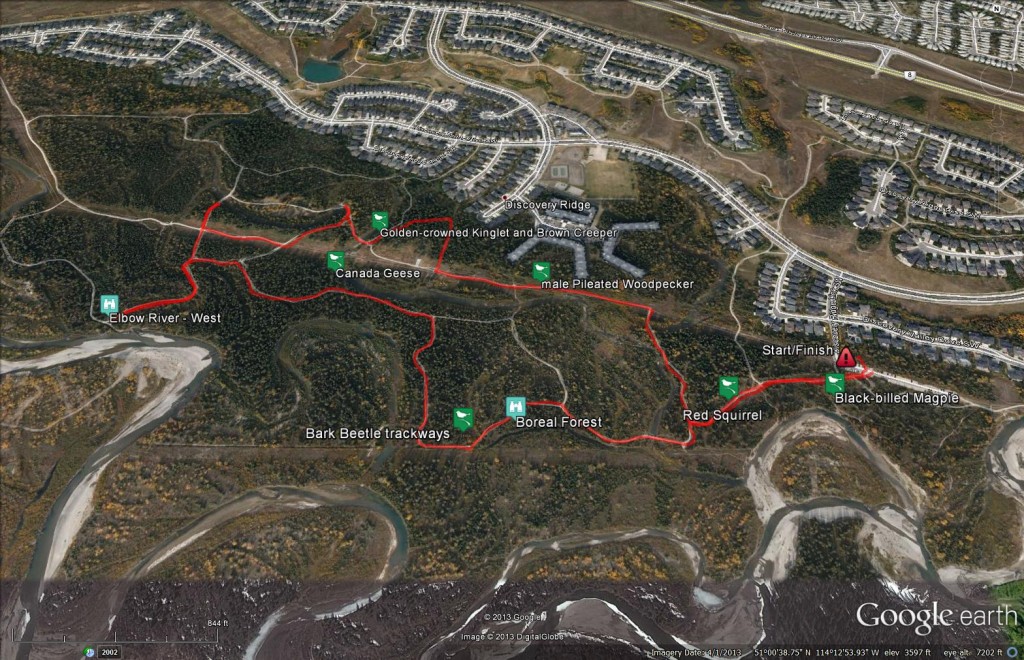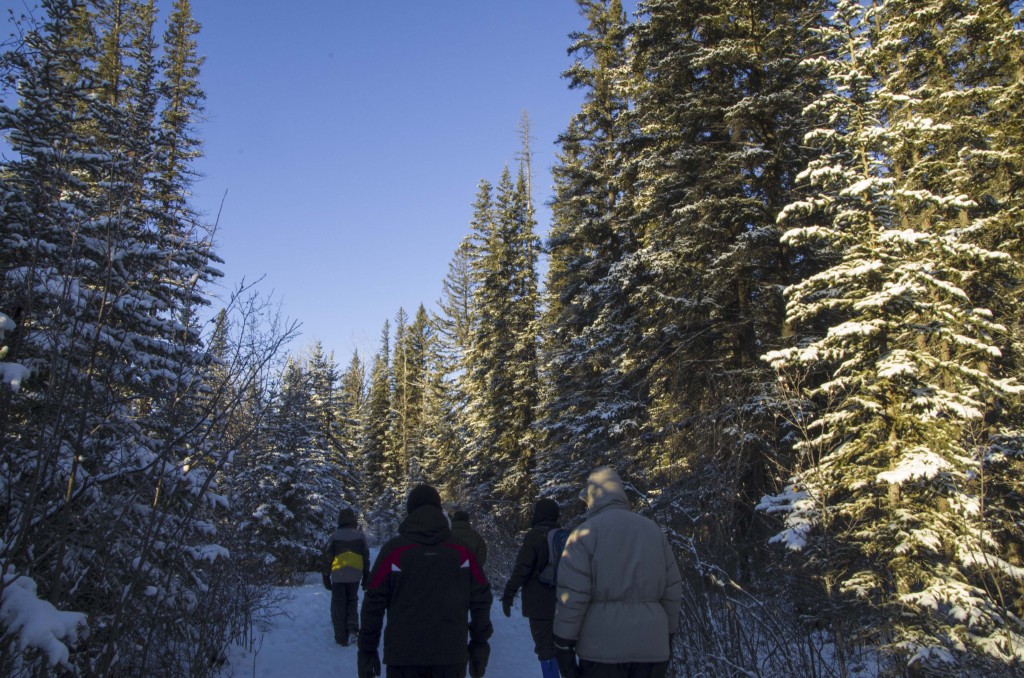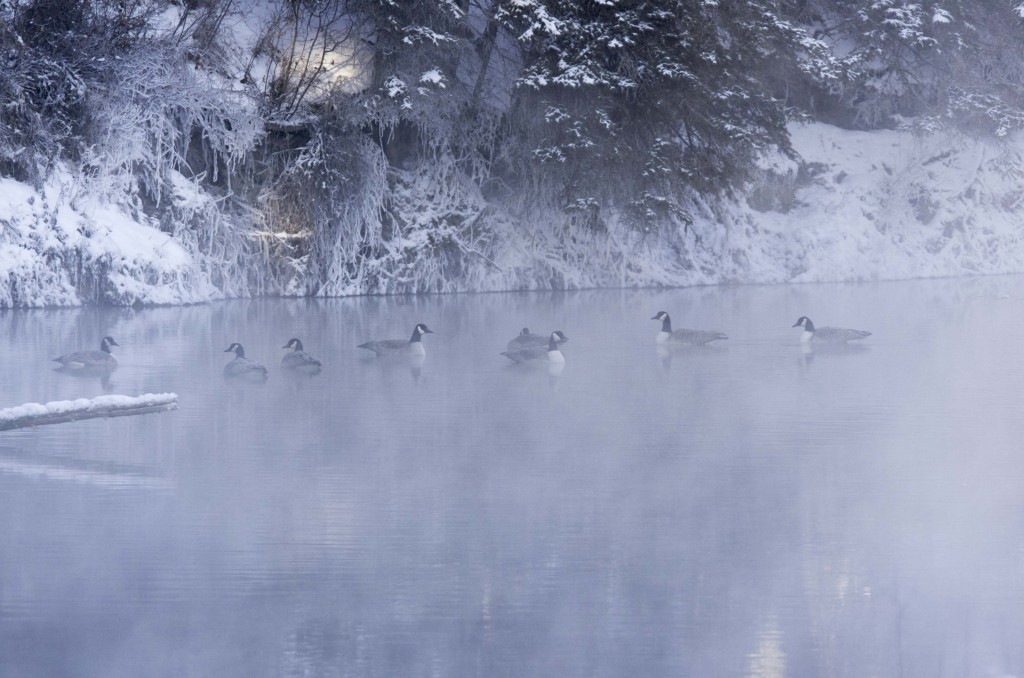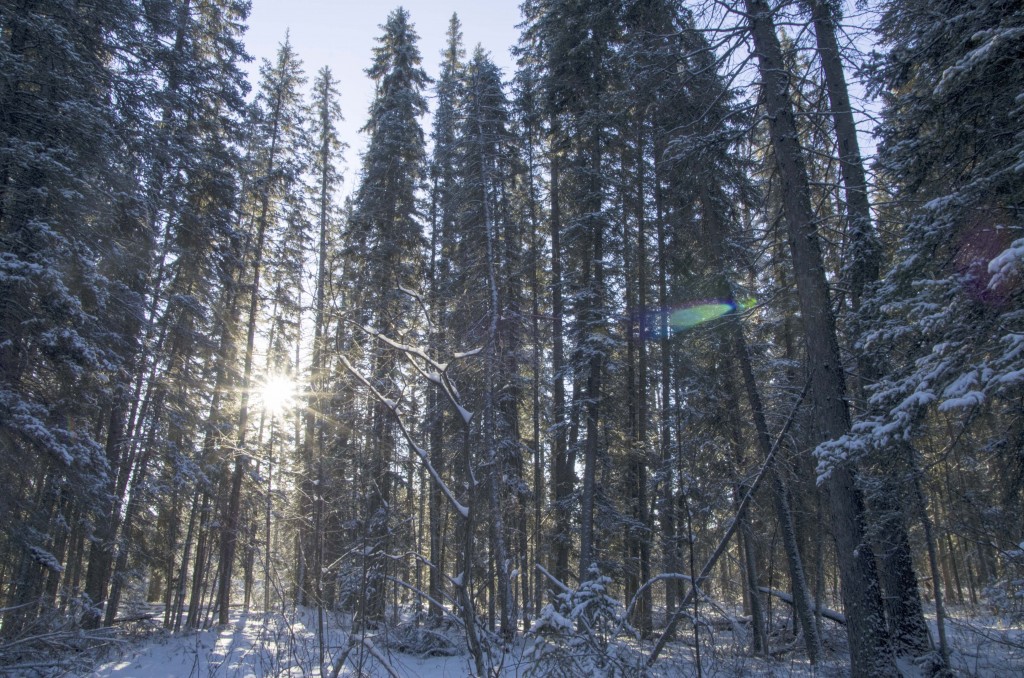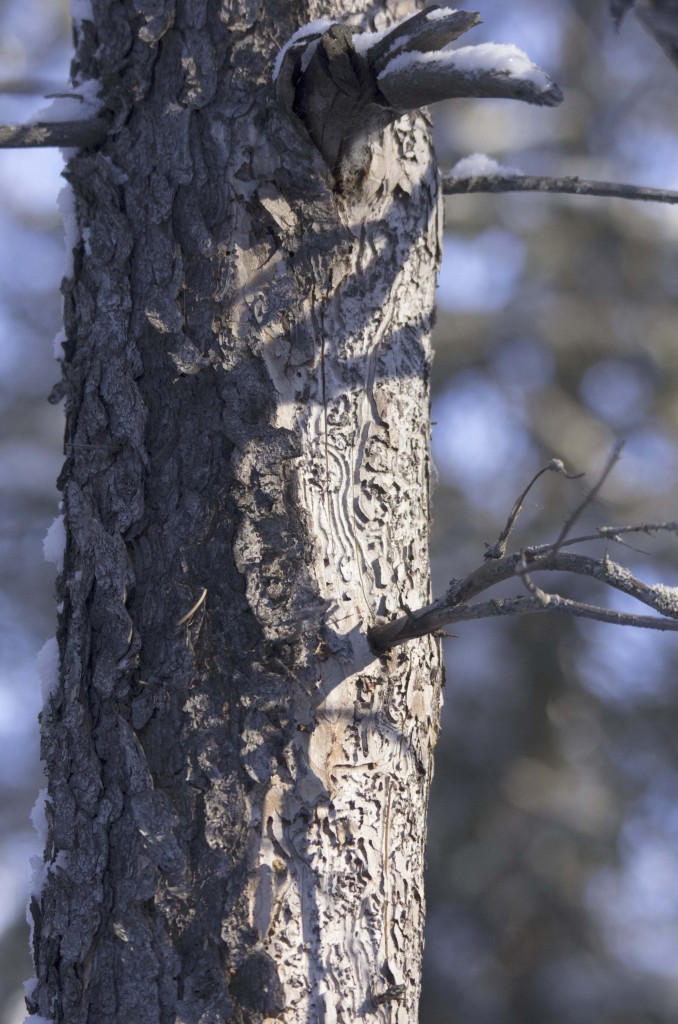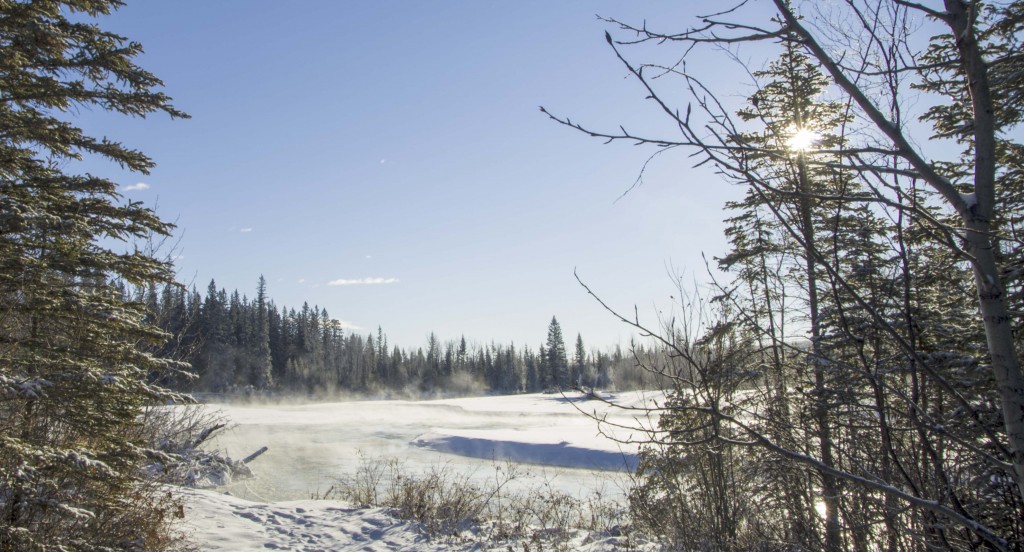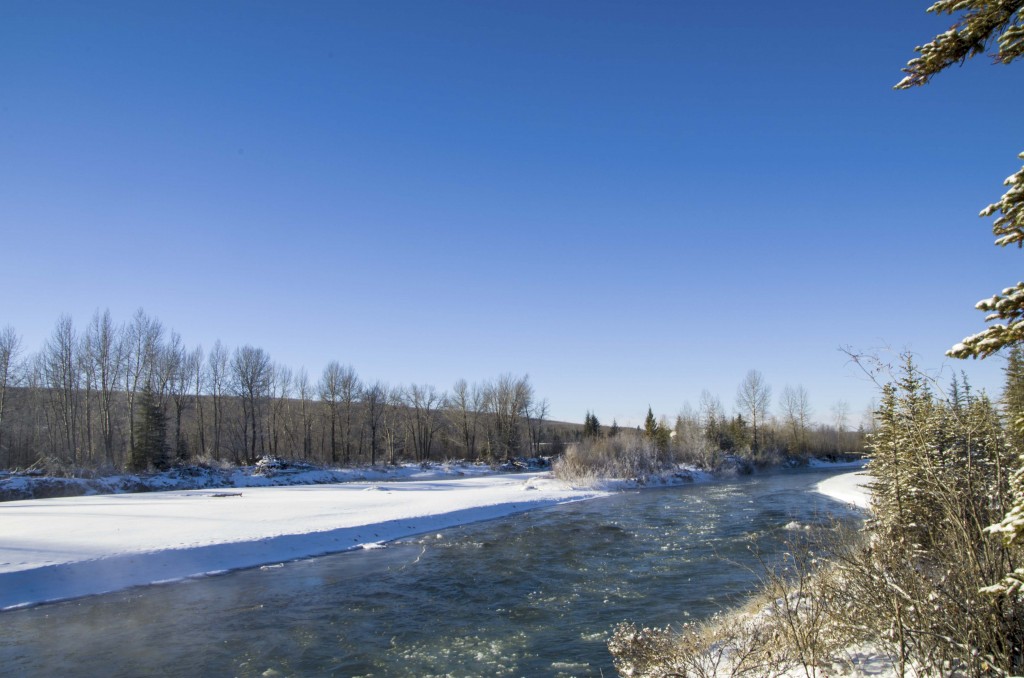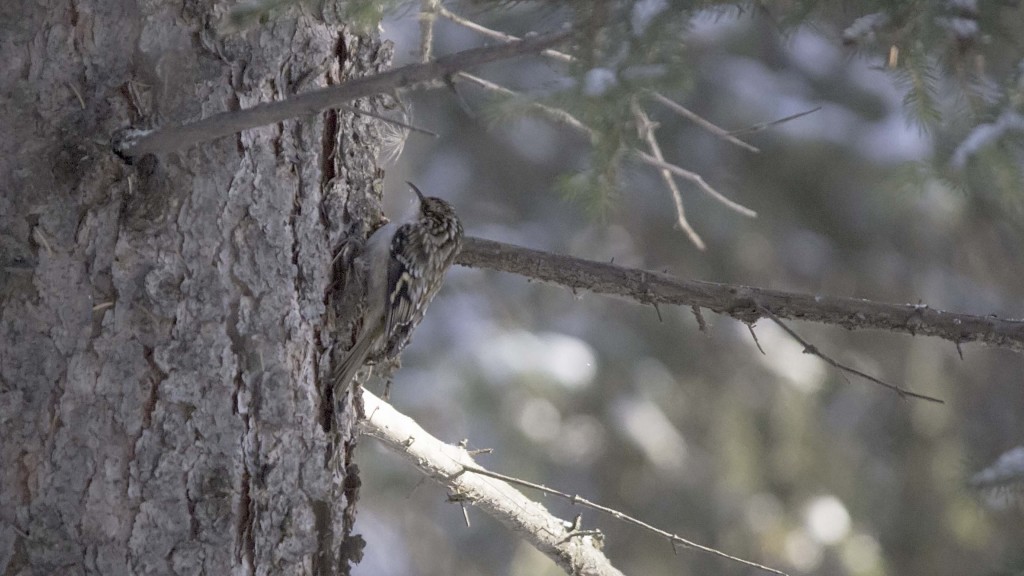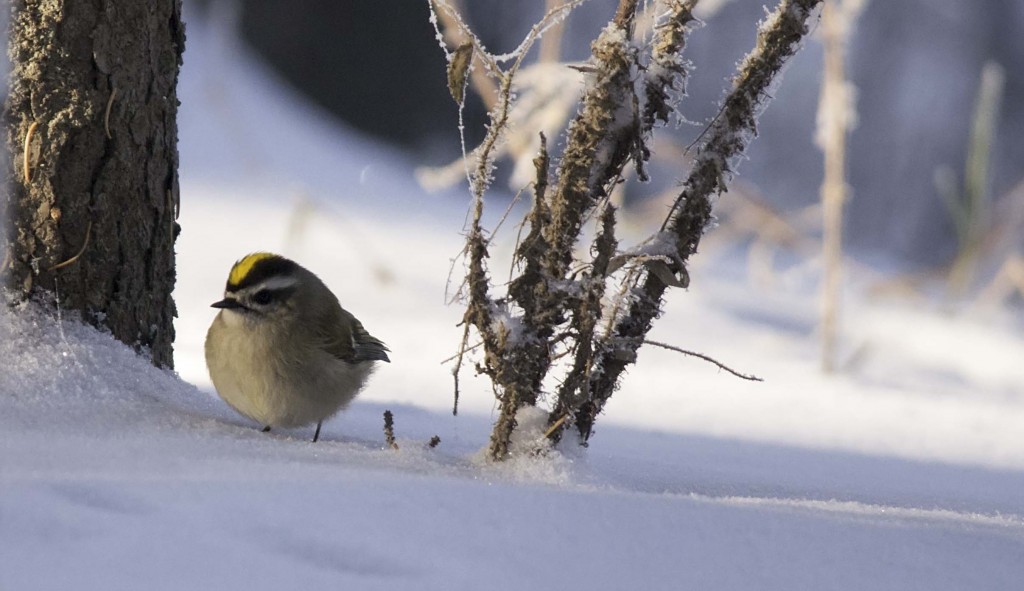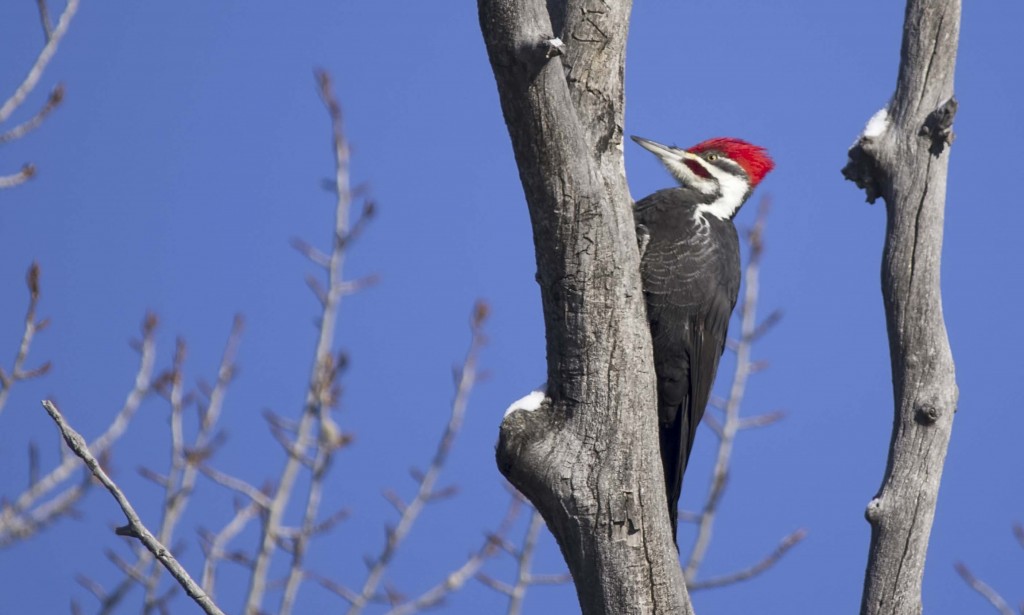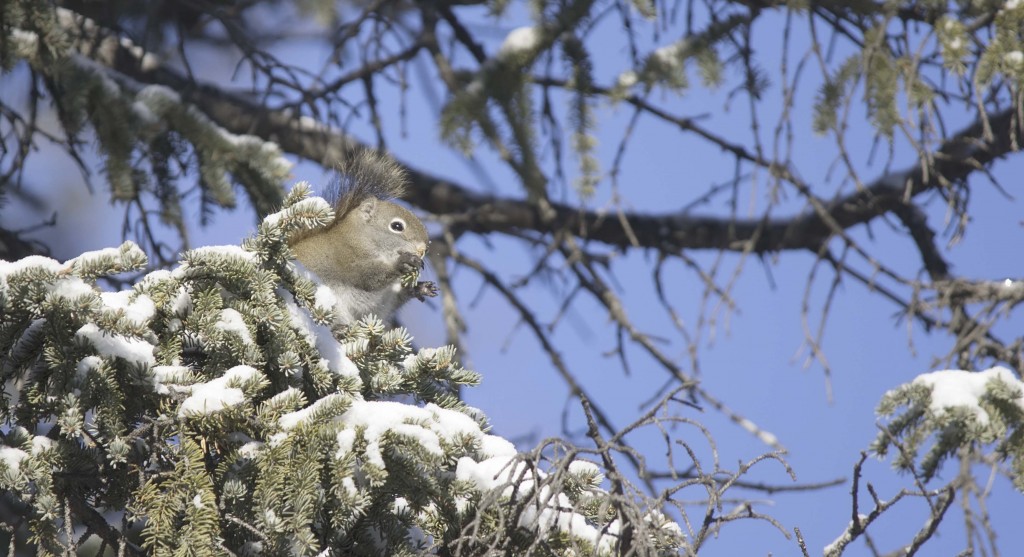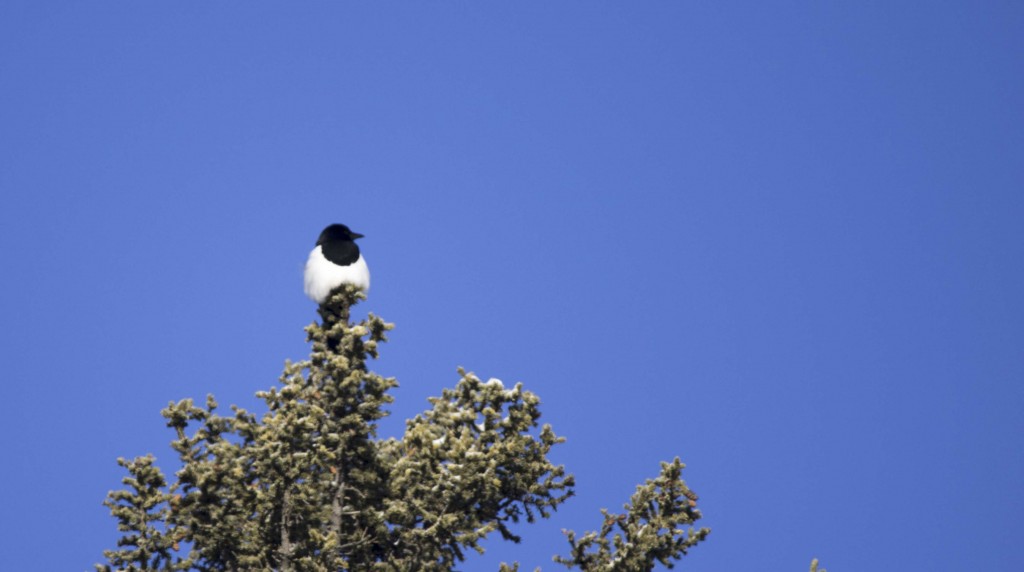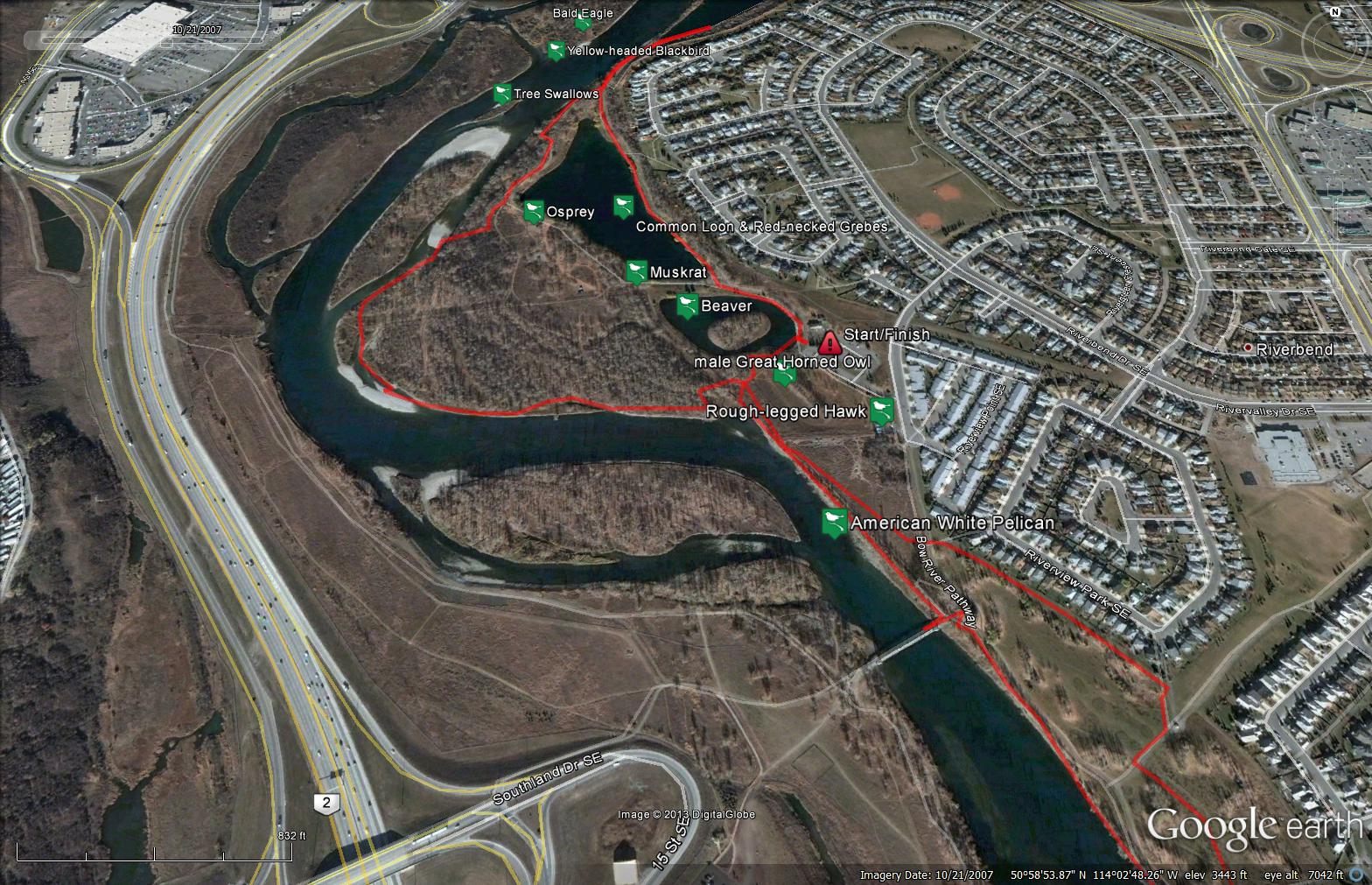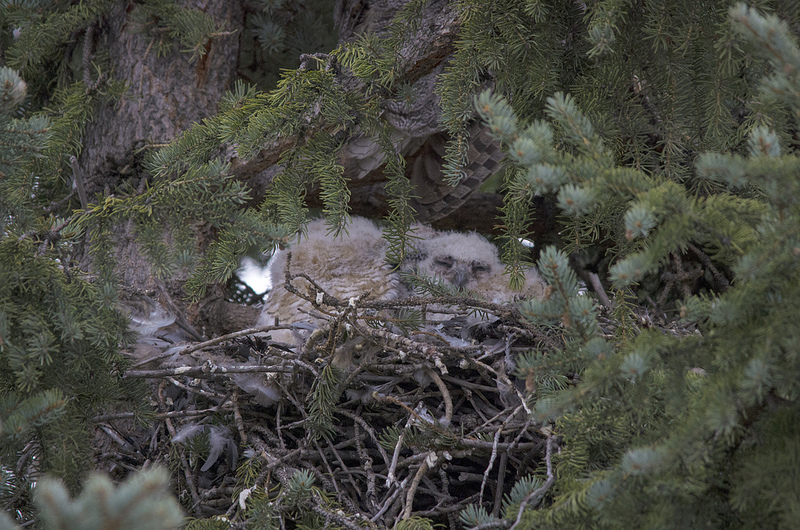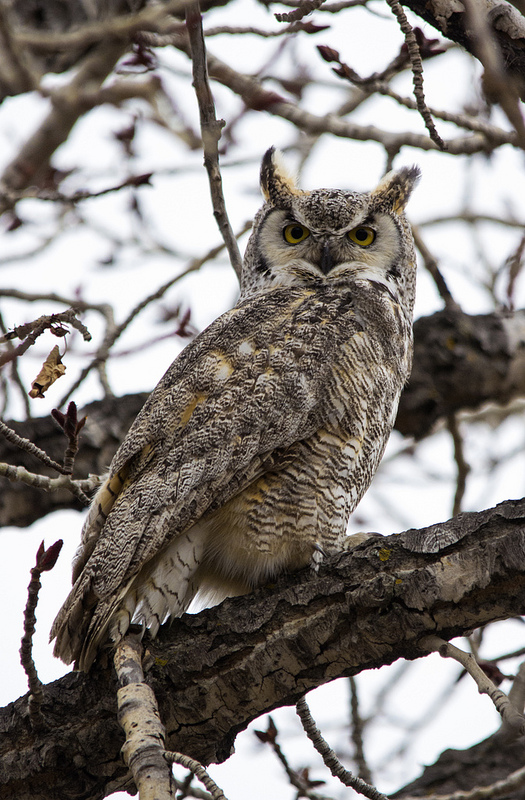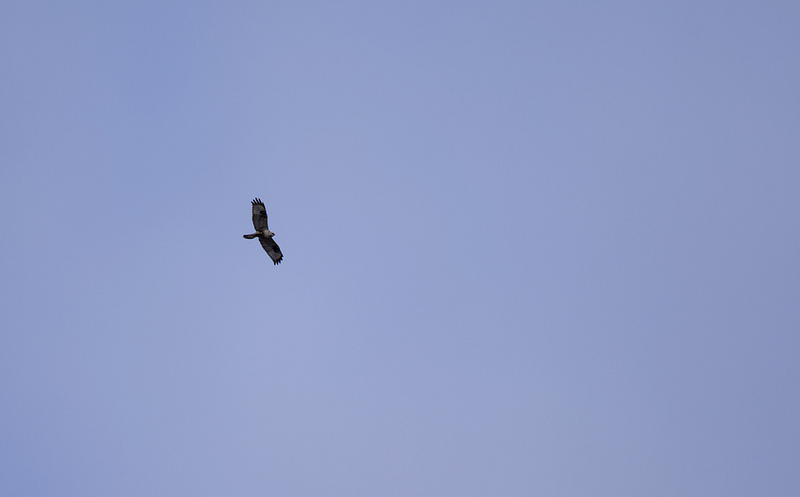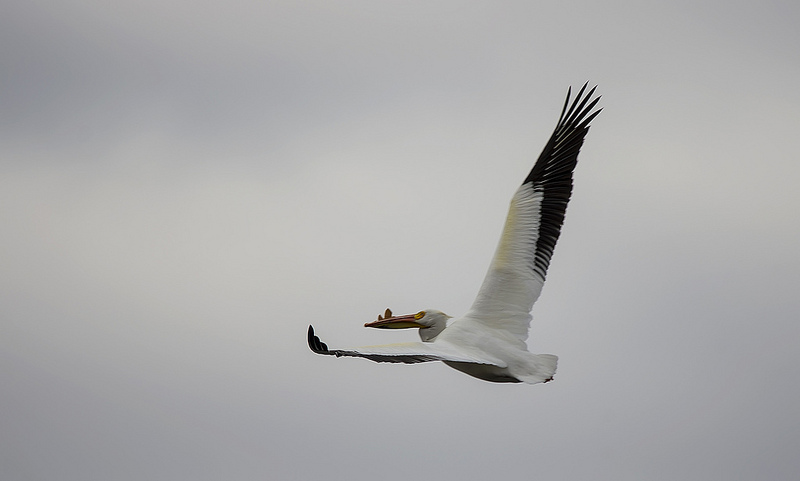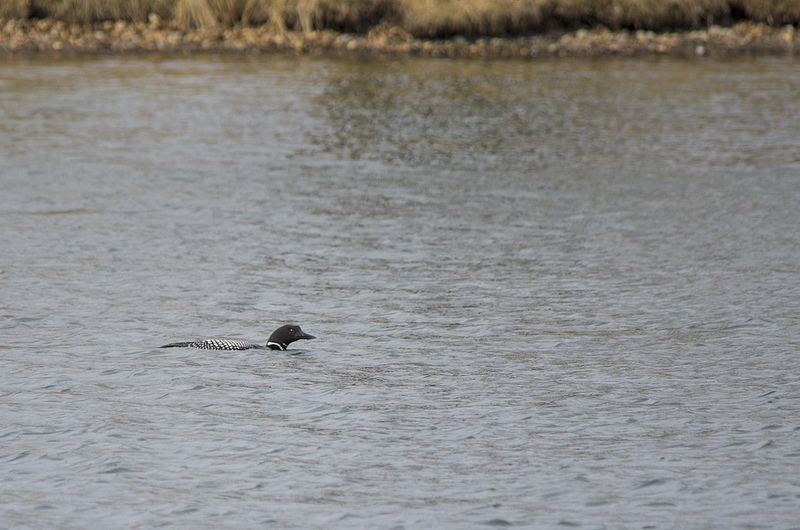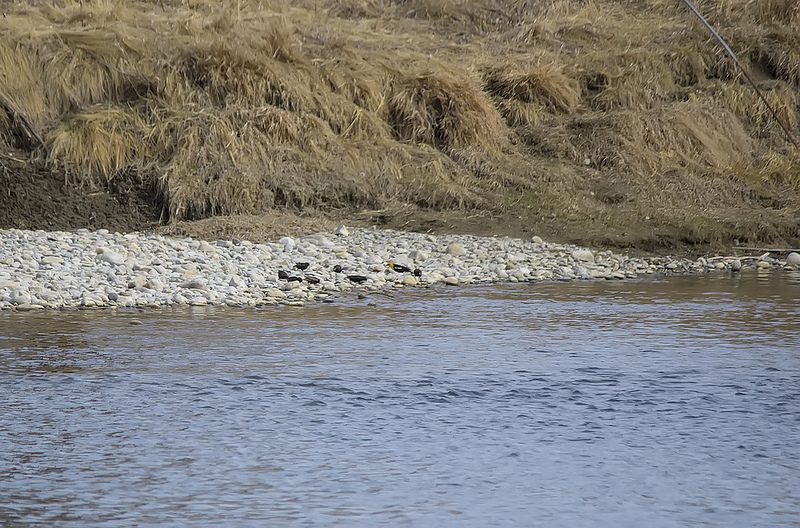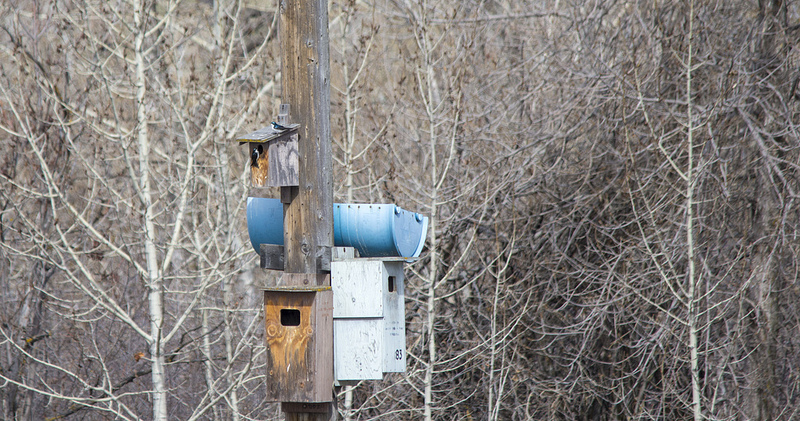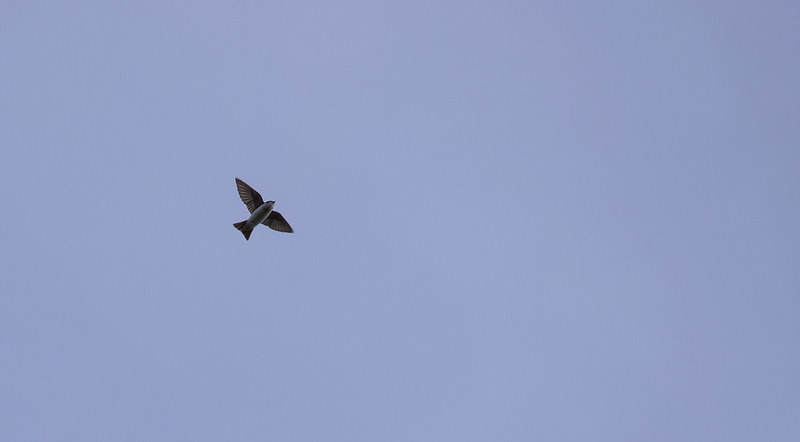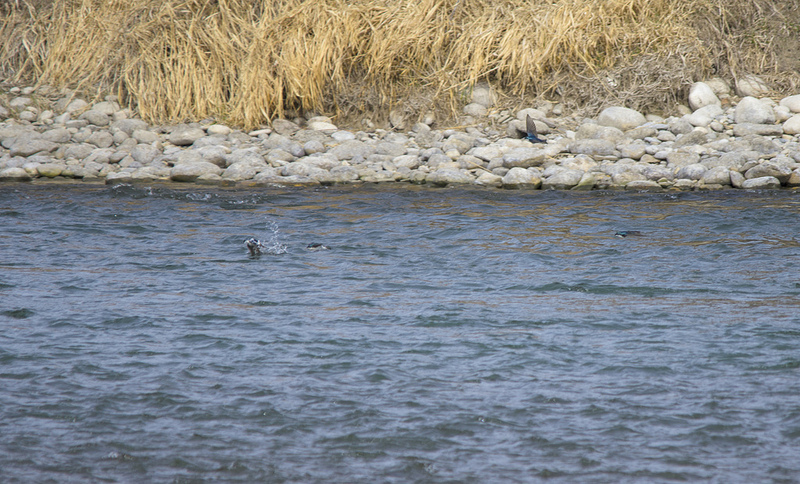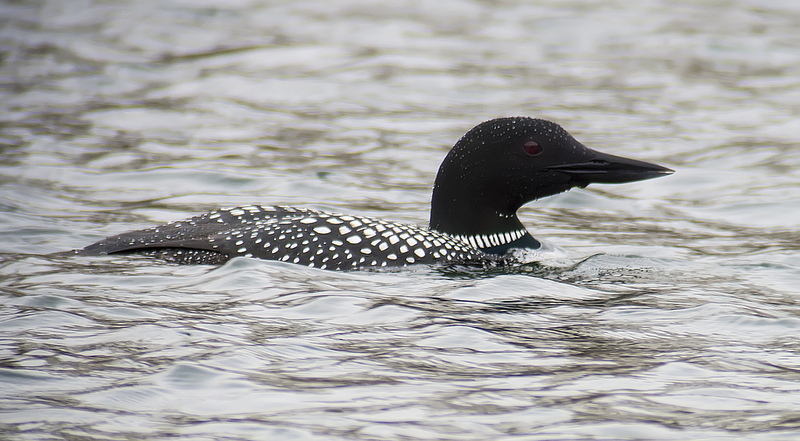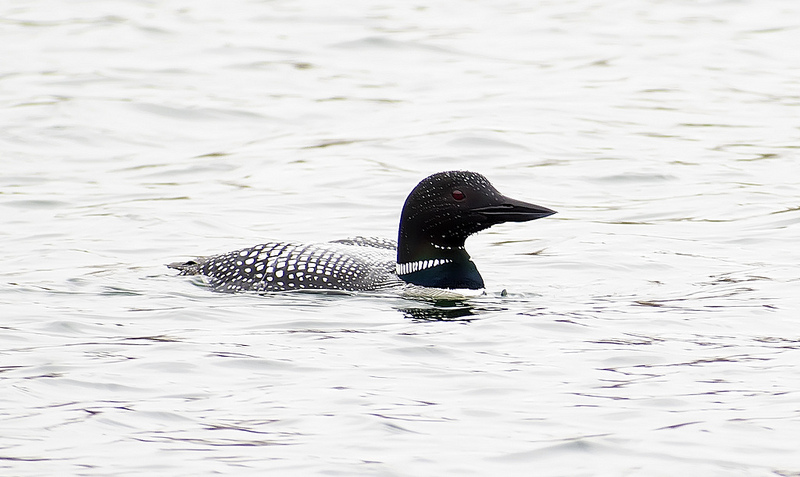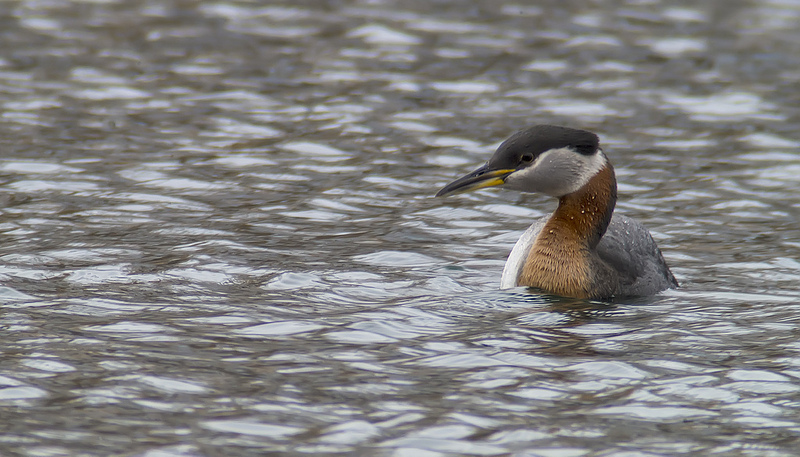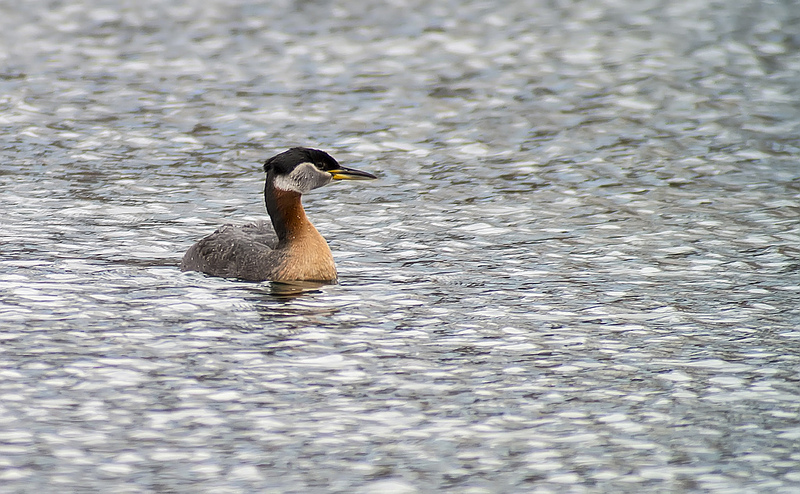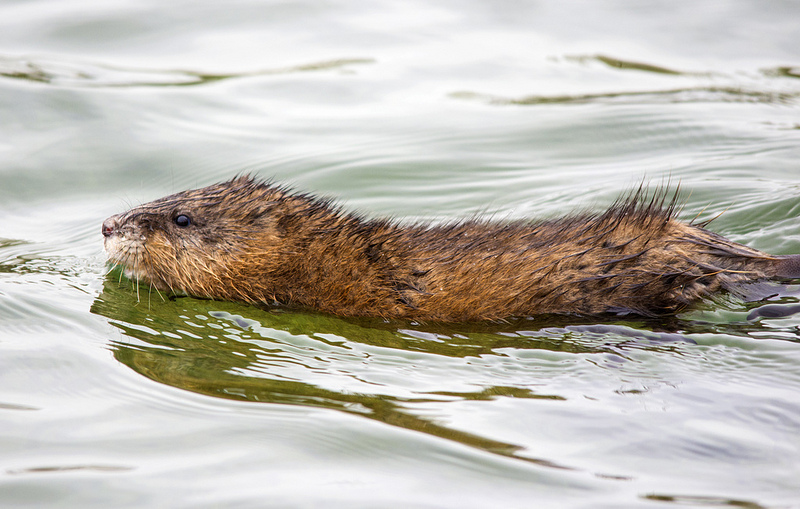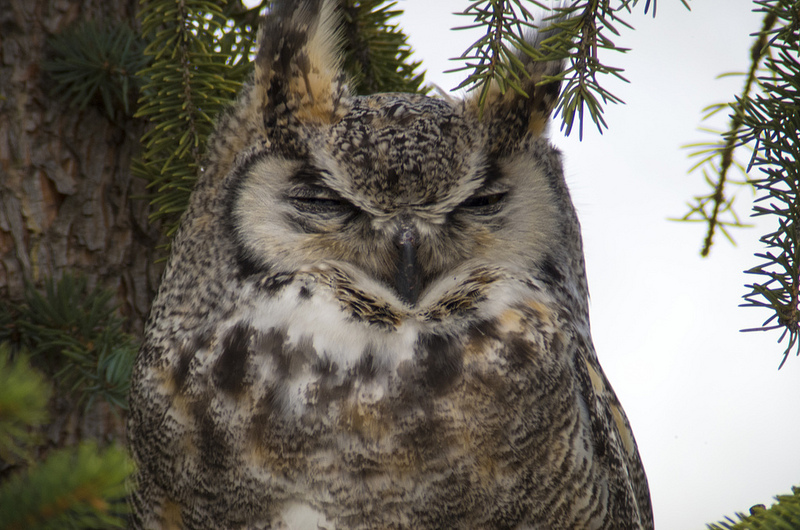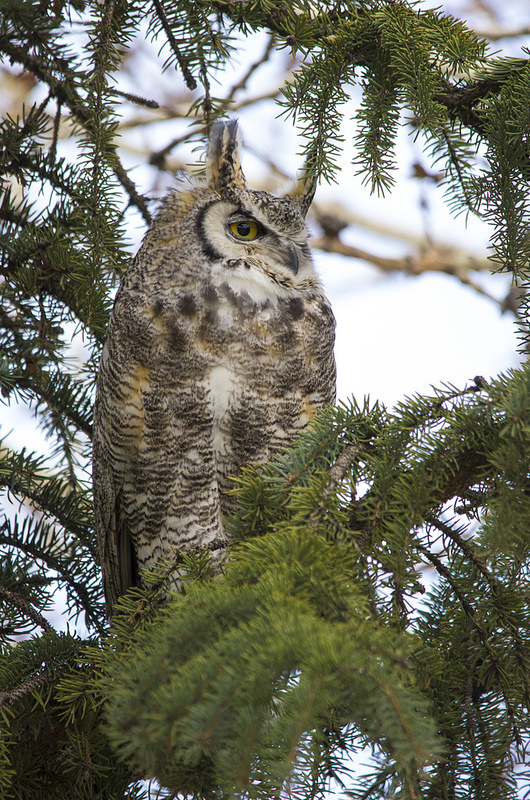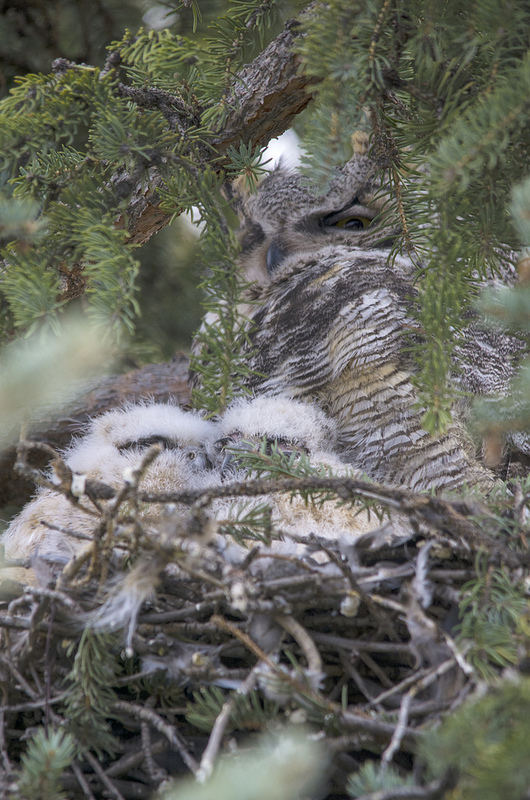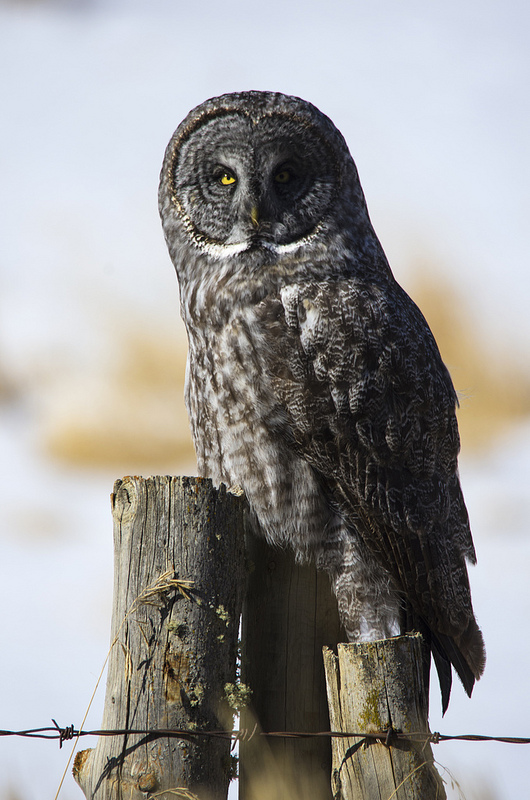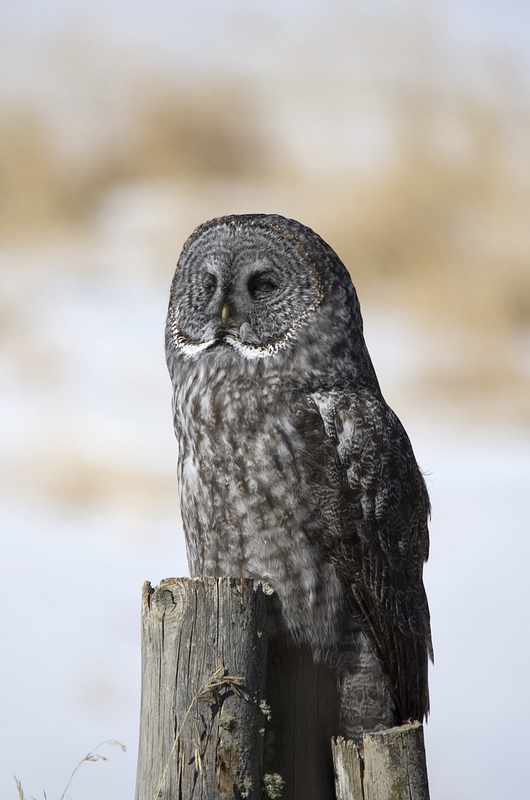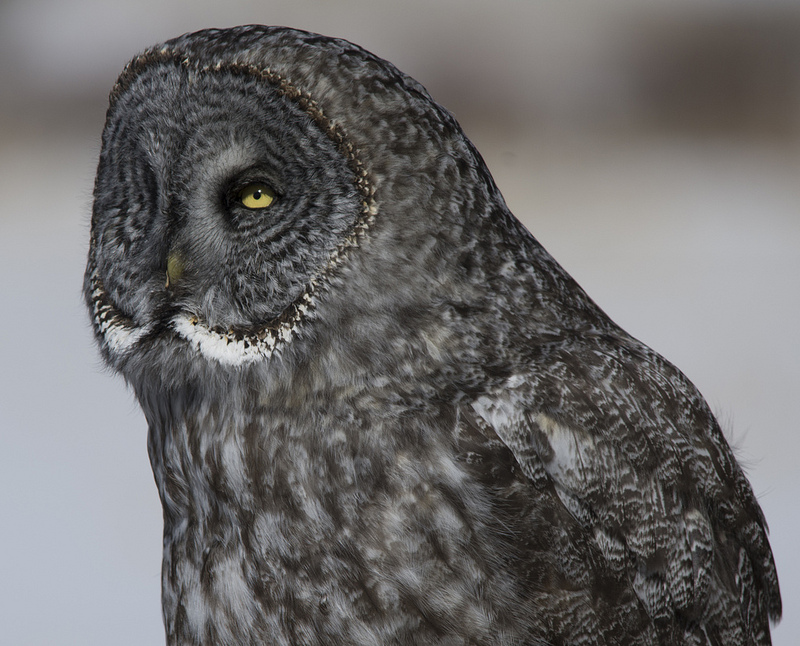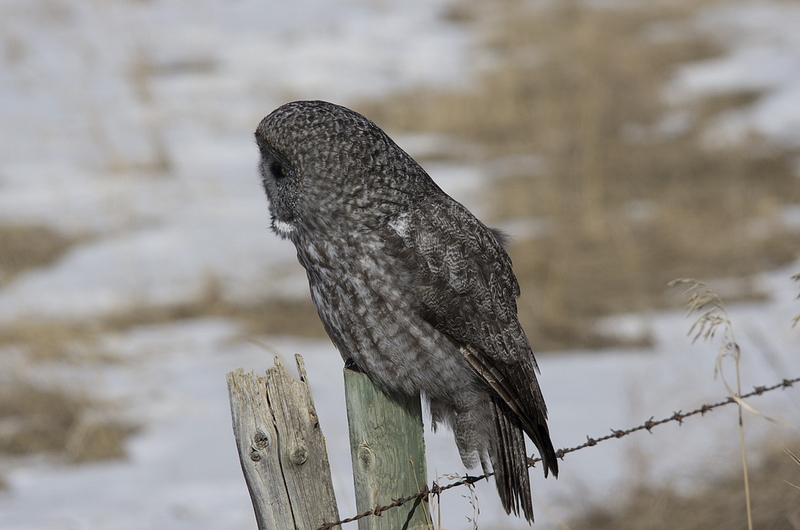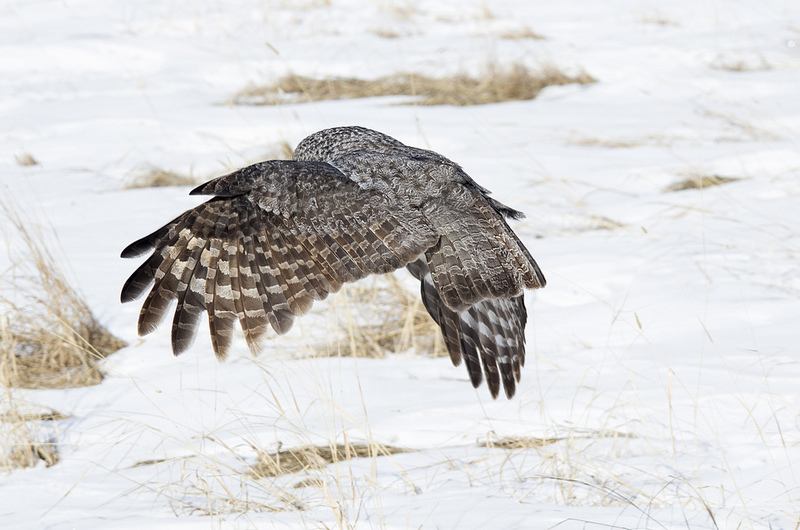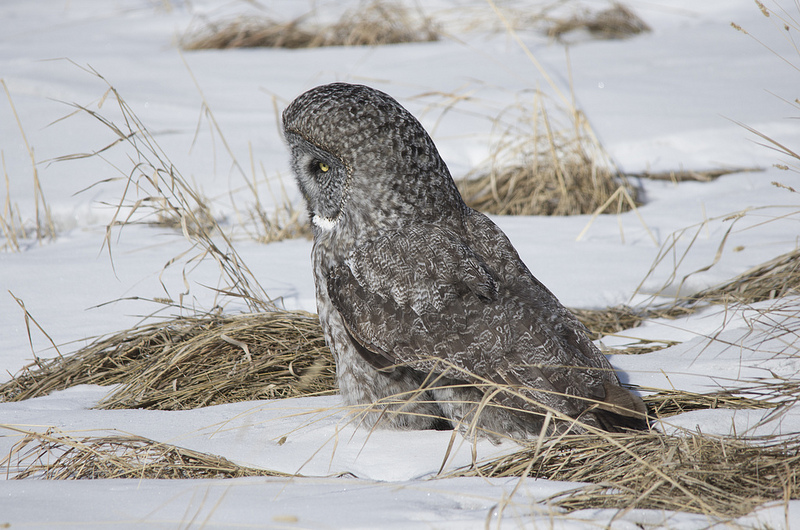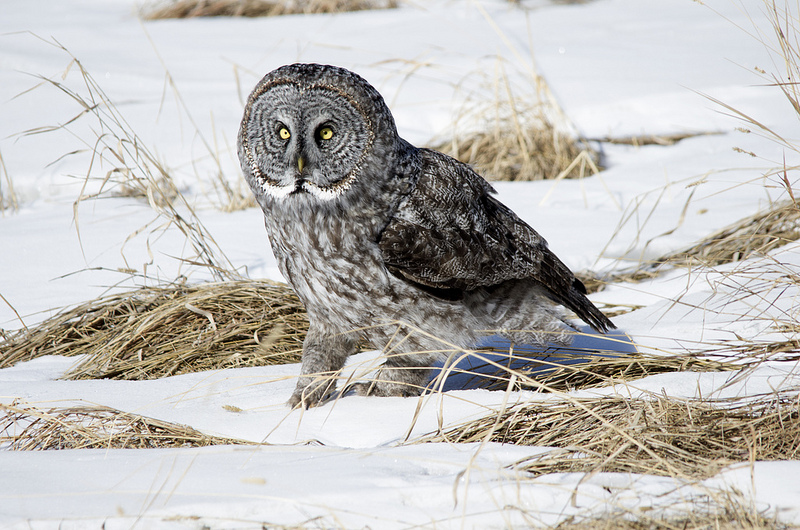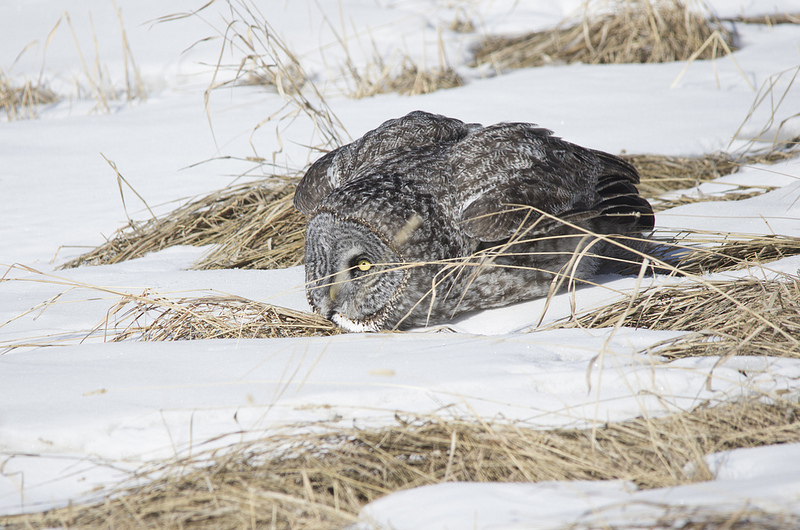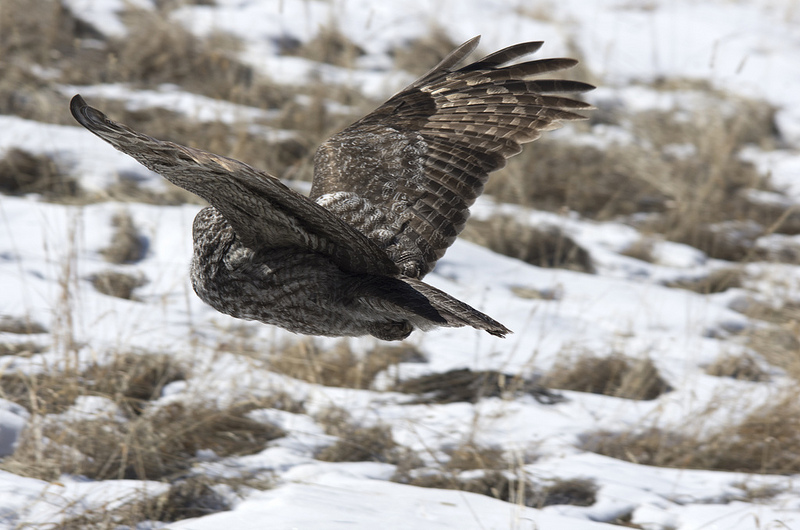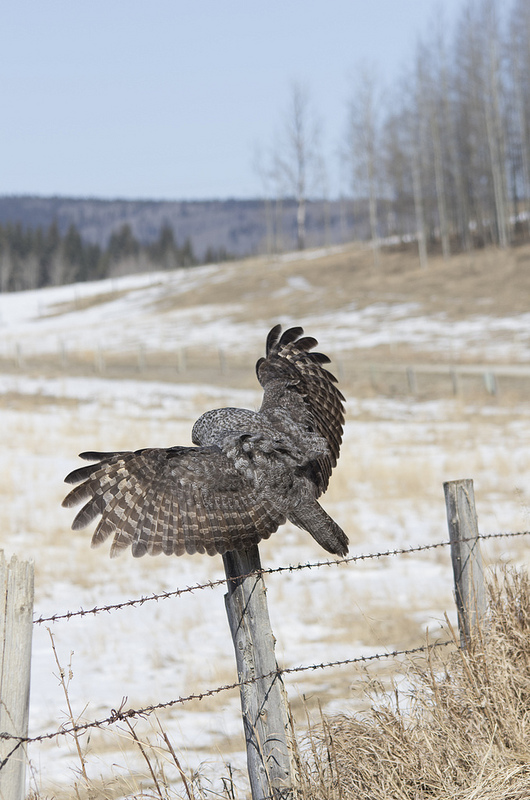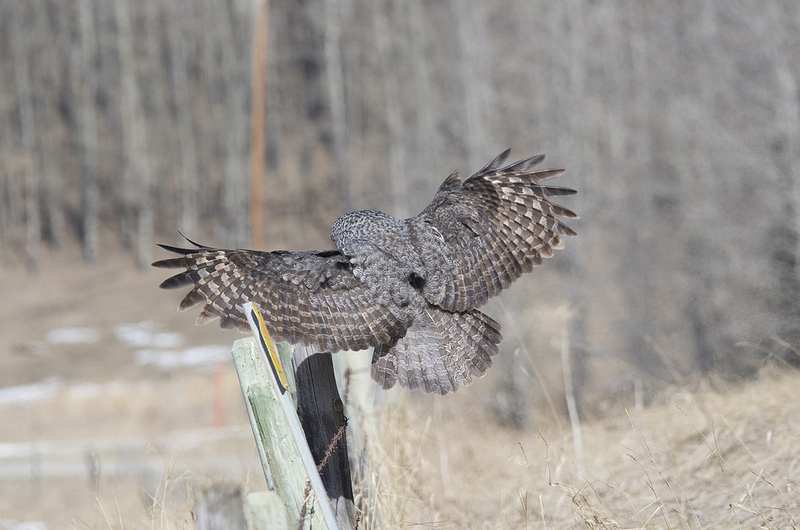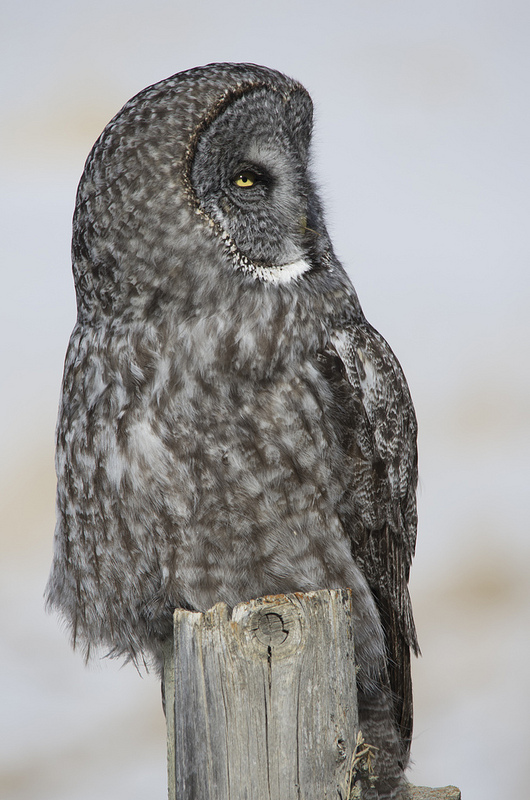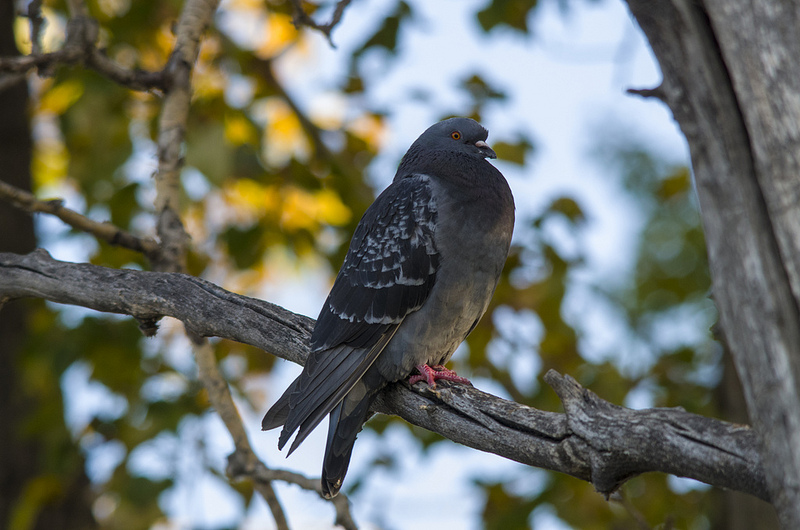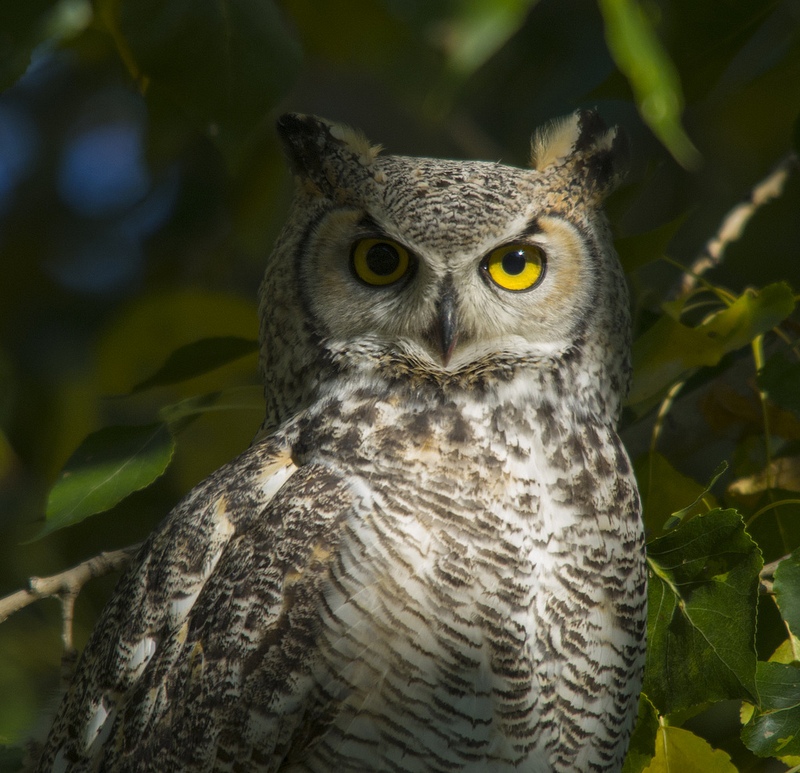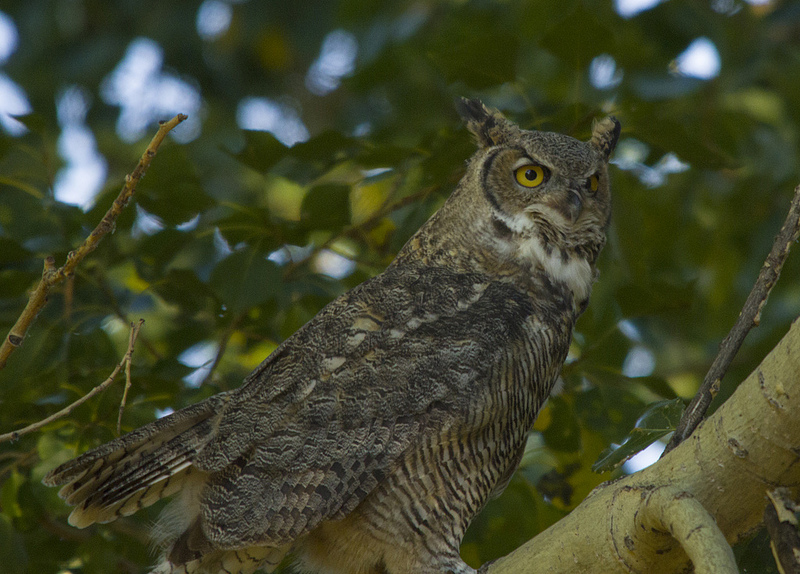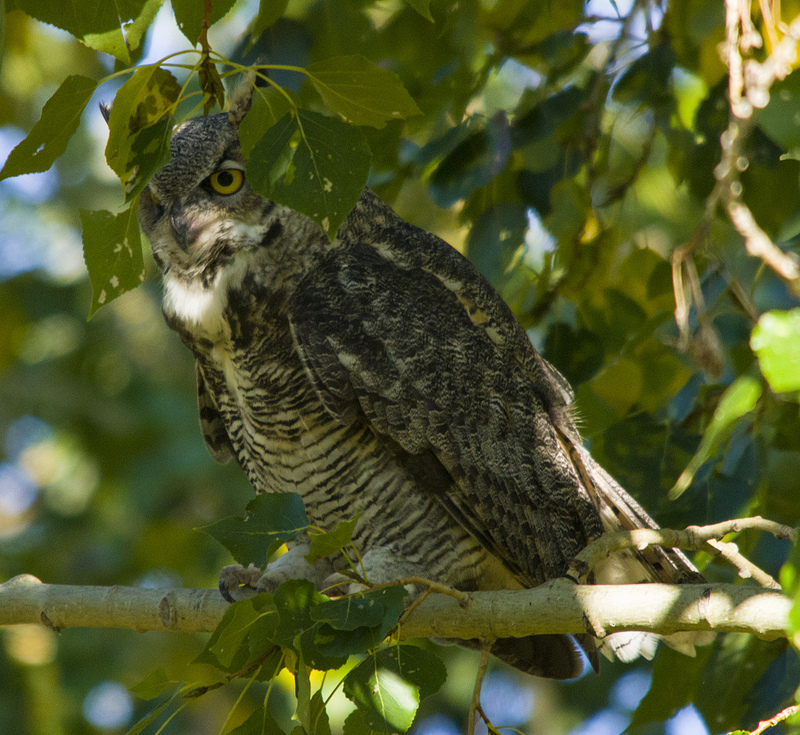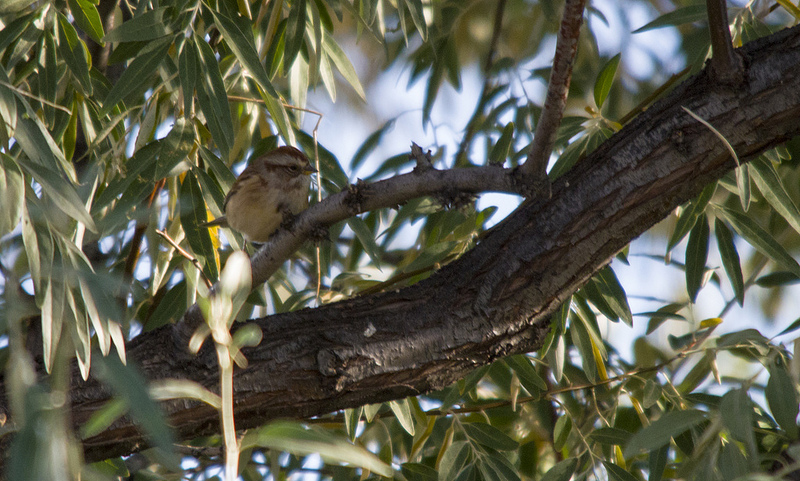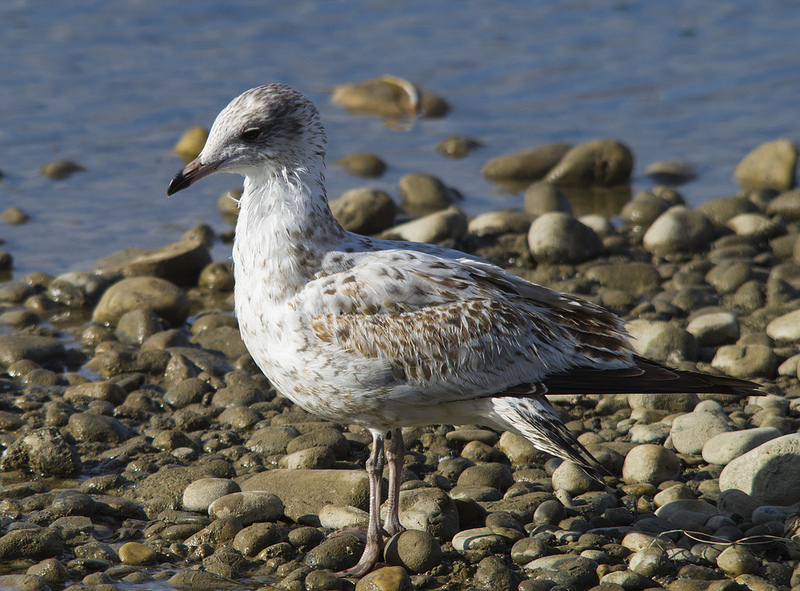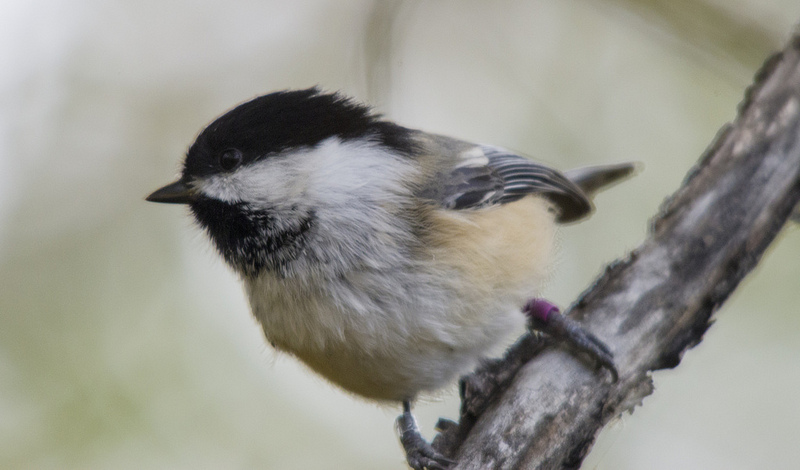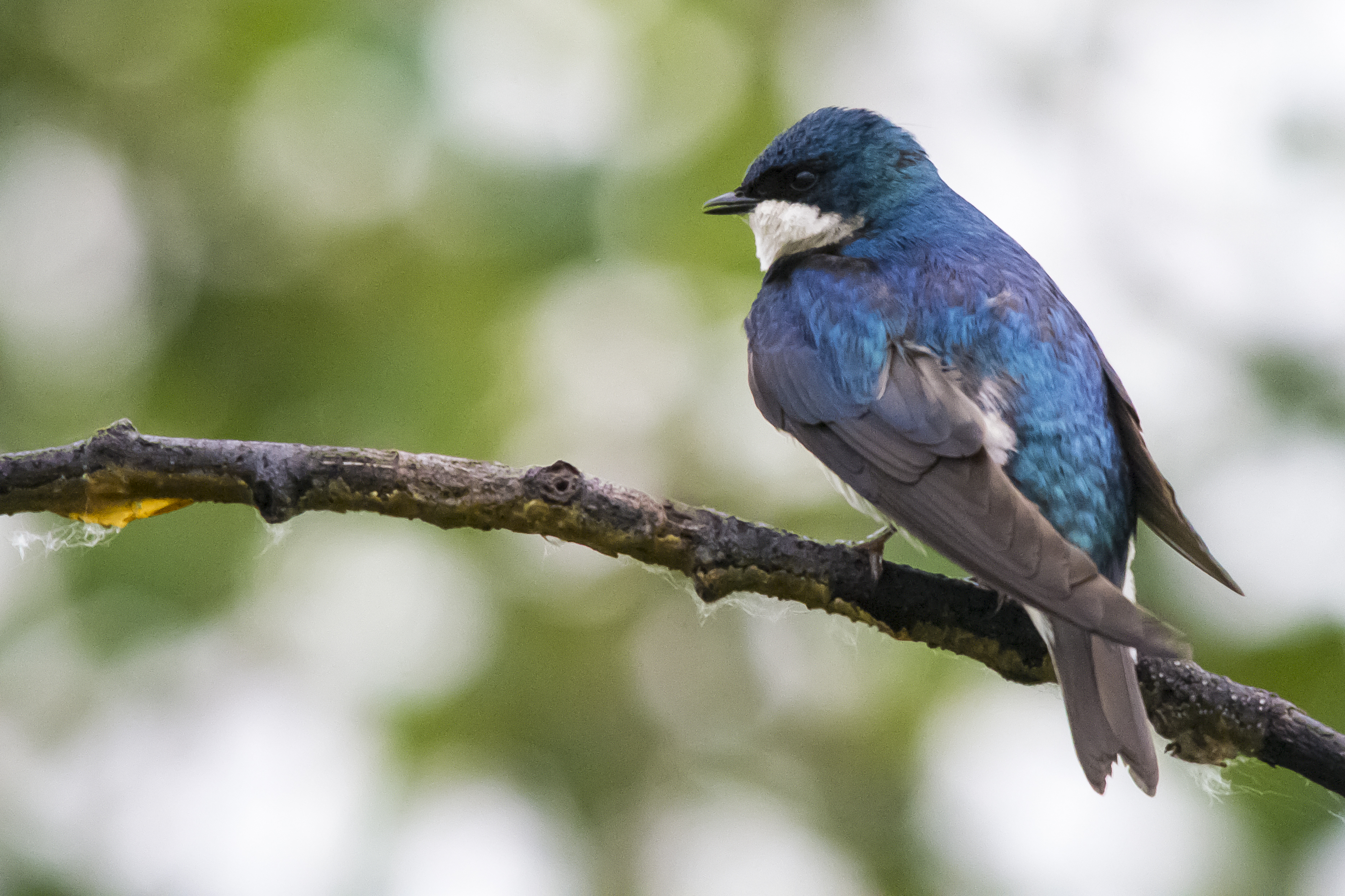Posted by Dan Arndt
This year I’ve taken part in a few Christmas Bird Counts so far, and still have two more to take part in this coming week. I’m breaking this post up into two parts mostly because I don’t know if I’ll get too many photos on these next two counts, but also because I’d have far too many to do it all in one post if I do manage to get some this week!
On Tuesday, December 15 I took part in the High River Christmas Bird Count, which was fairly warm, but also turned up some good birds. Our area came up with 22 species in 8 hours, but I didn’t really have the best opportunities to take many photos. The only three that were really any good were a shot of a male House Sparrow, a possible Hoary Redpoll (still needing confirmation of that ID, as this is the only shot I have of the bird, and a hardy little Muskrat that was foraging along the Little Bow River Canal.
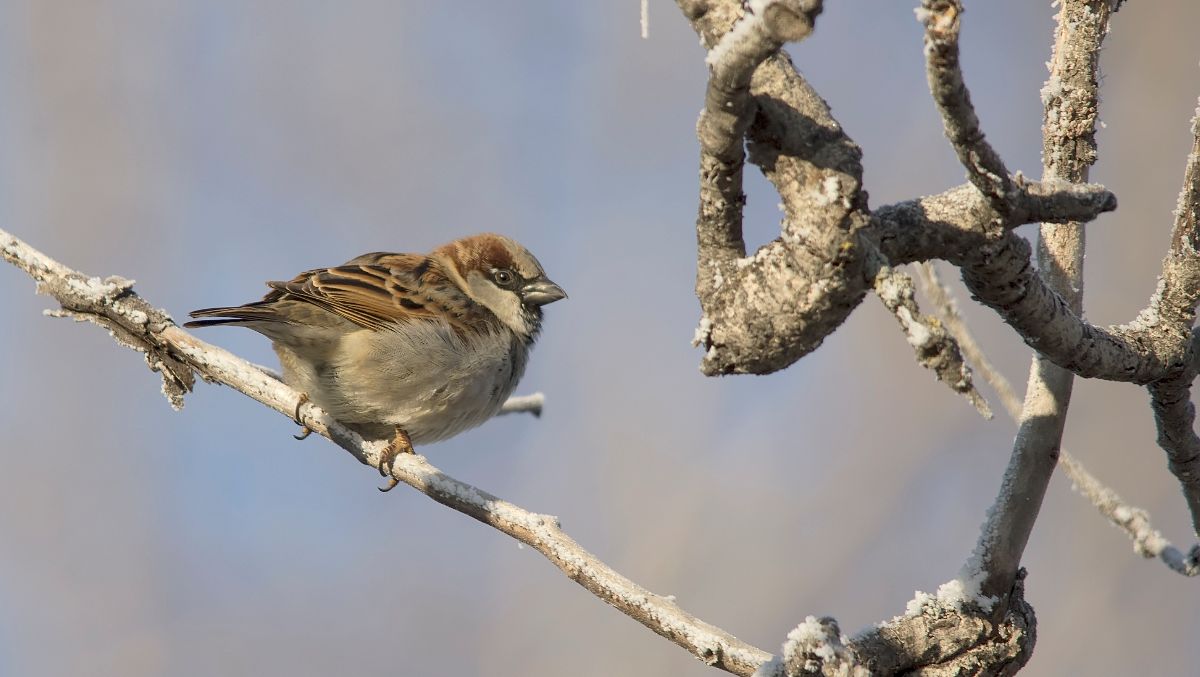
male House Sparrow
[exif id=”15142″]
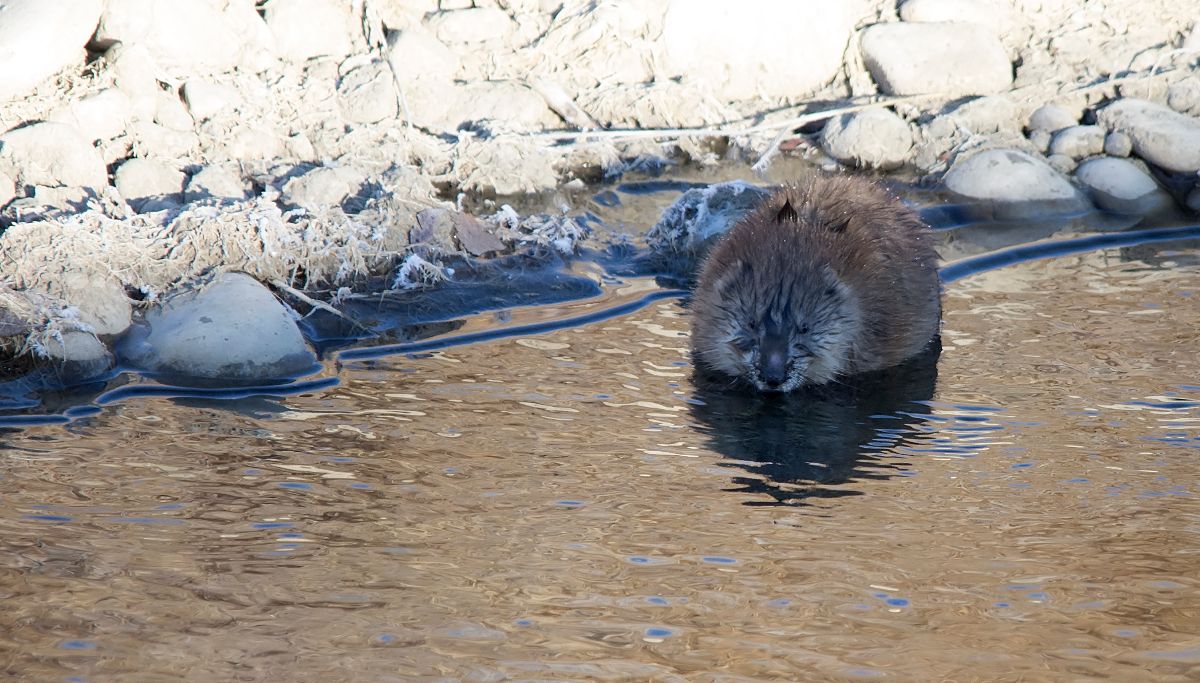
Muskrat
[exif id=”15143″]
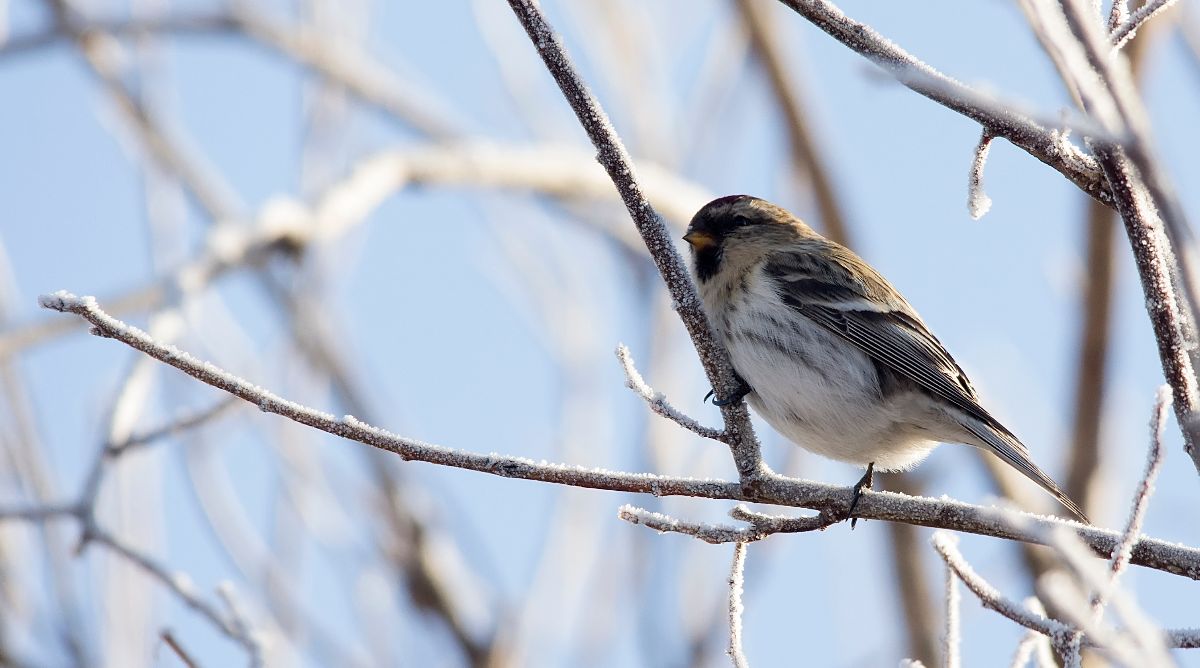
Hoary Redpoll
[exif id=”15144″]
That following Saturday I headed out to my usual area for the Canmore Christmas Bird Count, up near the Highline Trail and around Quarry Lake. I expanded some of my search area this year along the base of Ha-ling Peak and around the very edge of the bottom-most series of Spray Lakes reservoir. Sadly we didn’t have quite the number of species (or even the number of birds) as we had last year, and a few reliable species were not to be found either, so it was a little bit of a disappointing turn out until later in the day. A little after noon we found a good number of our birds down in and around the spruce and pine trees in the Rundleview neighborhood.
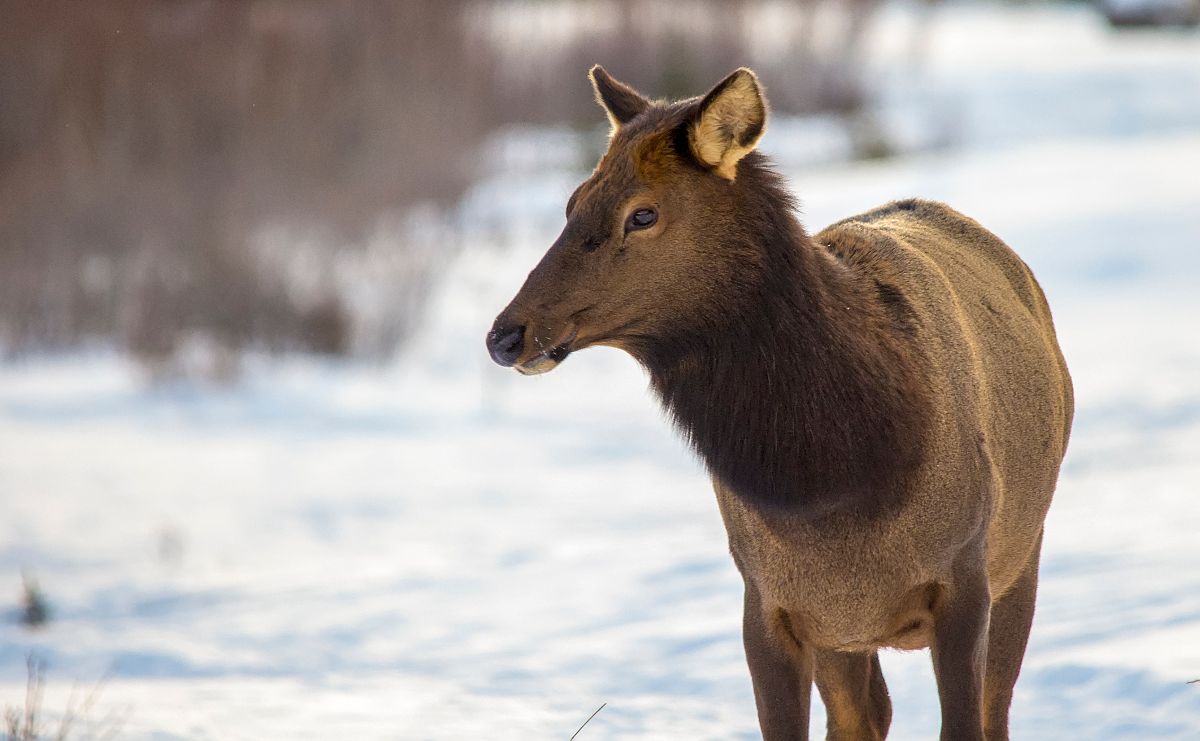
female Elk
[exif id=”15145″]
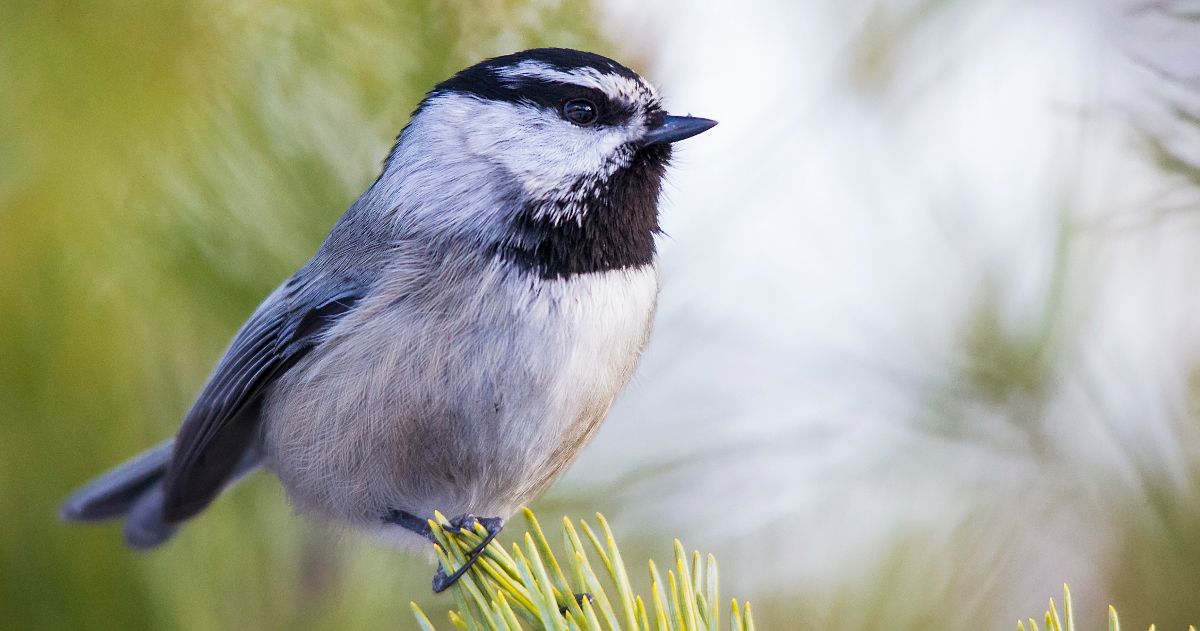
Mountain Chickadee
[exif id=”15146″]
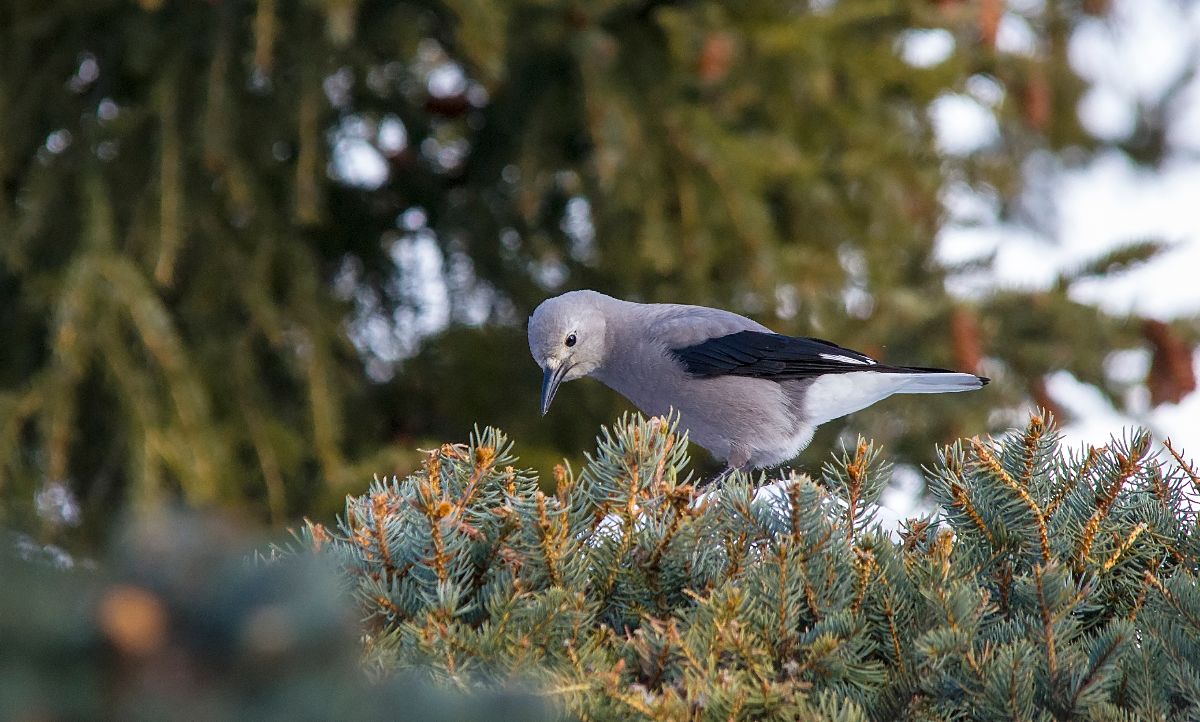
Clark’s Nutcracker
[exif id=”15147″]
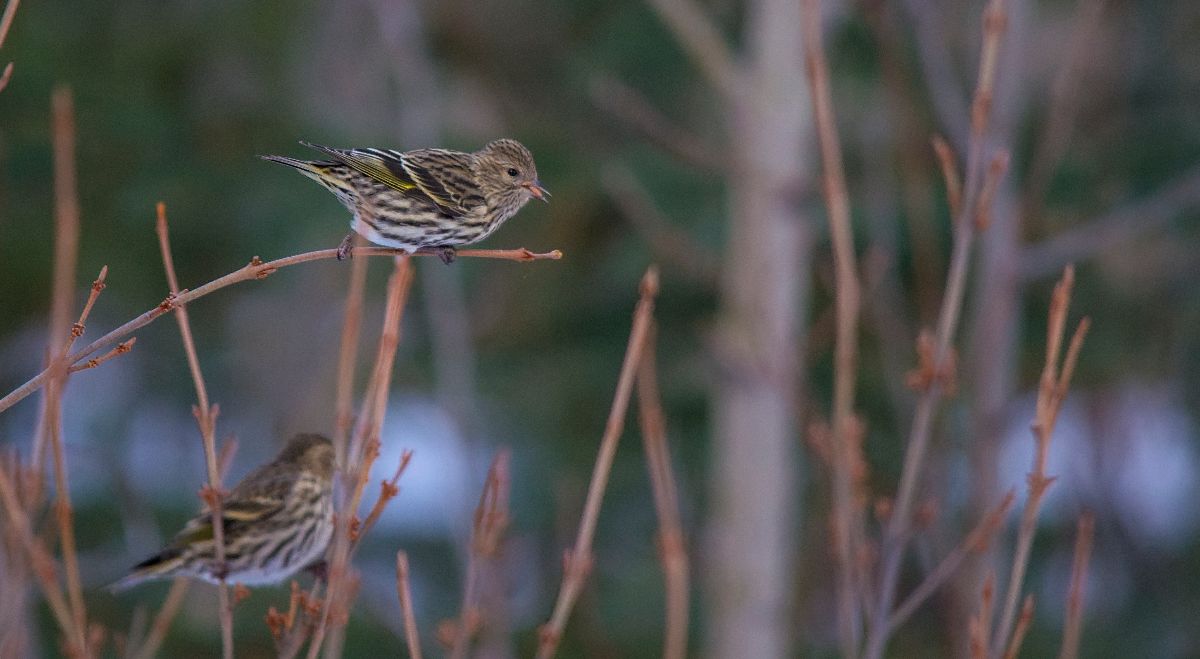
Pine Siskins
[exif id=”15148″]
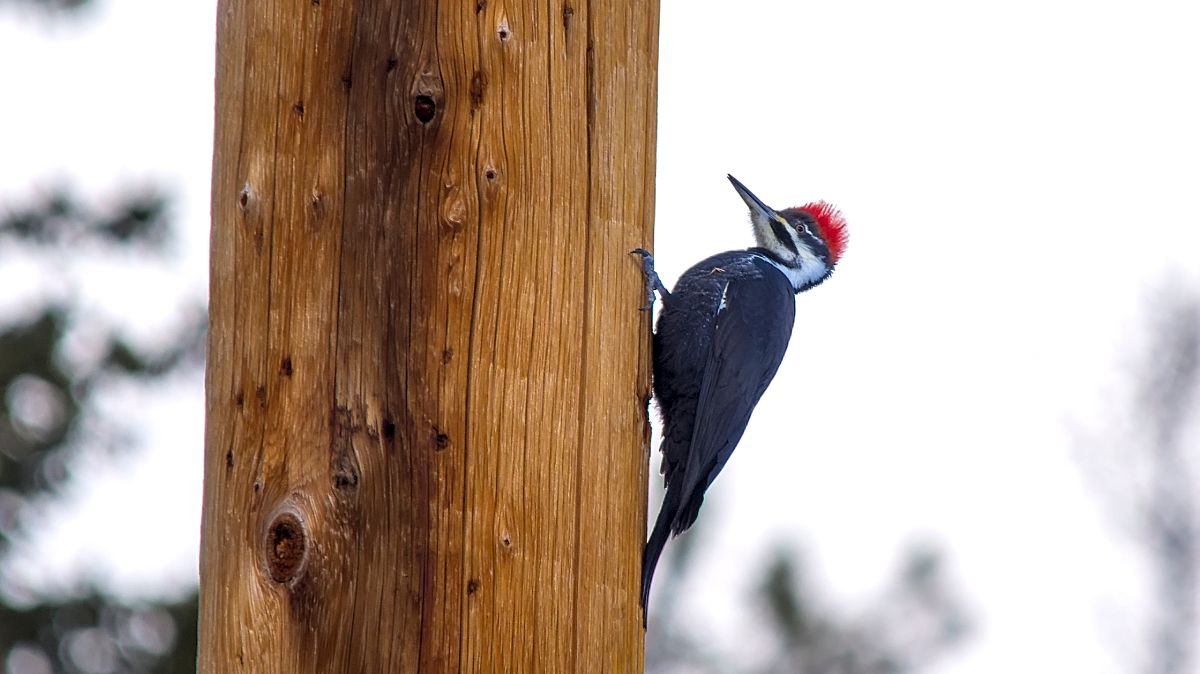
Pileated Woodpecker
[exif id=”15149″]
A meandering drive home that afternoon ended up still missing out on a good number of additional species, but it was early to bed and early to rise for the Calgary Christmas Bird Count the following day, where we had a bit better luck. Once again we covered almost exactly 13 kilometers between 9 AM and 4:30 PM, and turned up the usual species, and while we had a couple of bonus bird species, the three we were specifically targeting, Purple Finch, Ruffed Grouse, and Northern Goshawk, were nowhere to be found. We did happen to find the only American Goldfinch found during the count, as well as a couple of definitive Hoary Redpolls, and of course had great looks at the Pine Grosbeaks, Common Redpolls and even a Northern Shrike made an appearance early in the day!
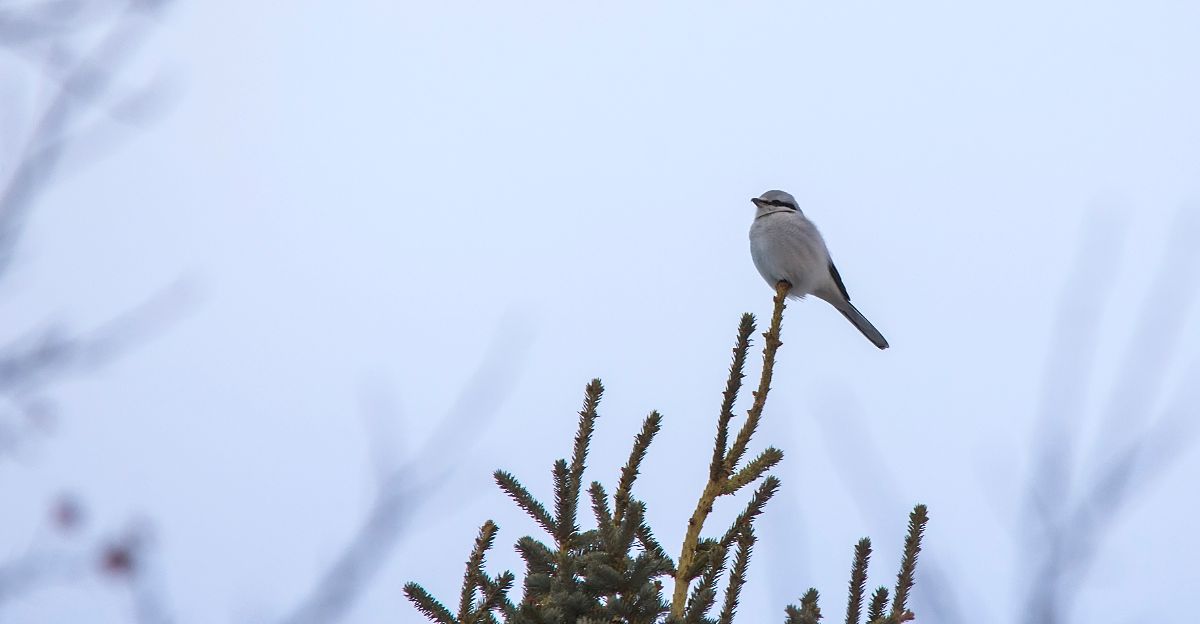
Northern Shrike
[exif id=”15150″]
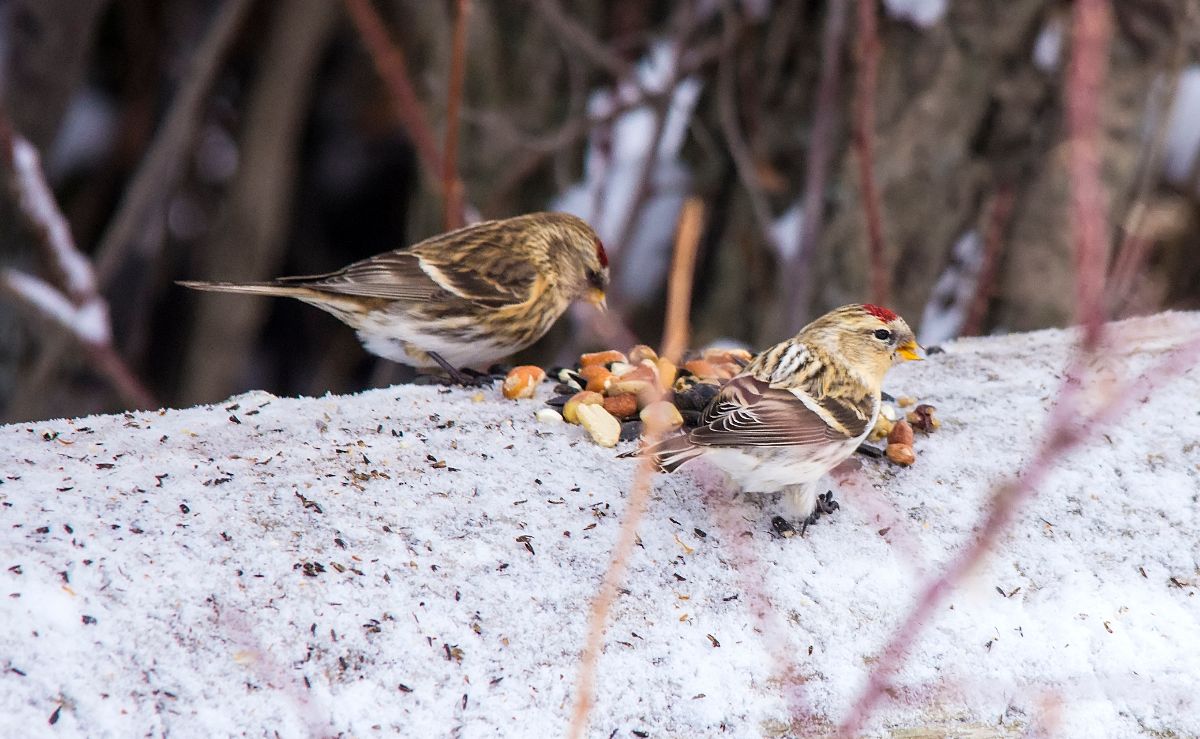
Common (left) and Hoary (right) Redpolls
[exif id=”15151″]
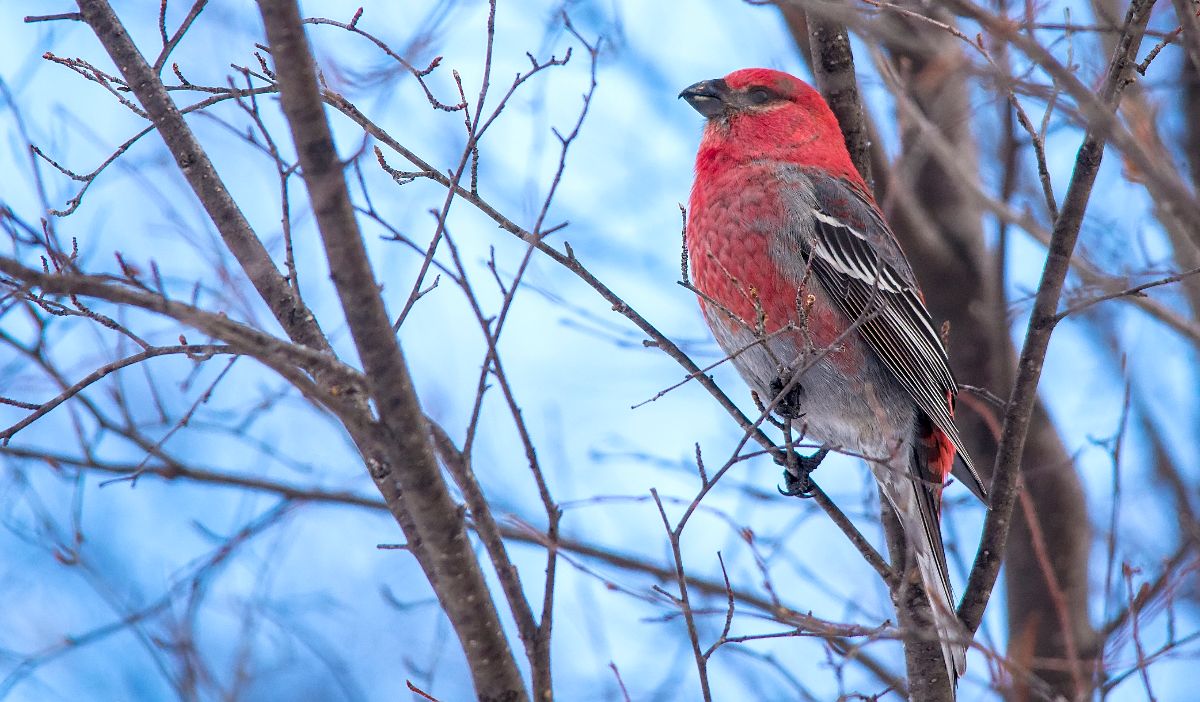
Pine Grosbeak
[exif id=”15152″]
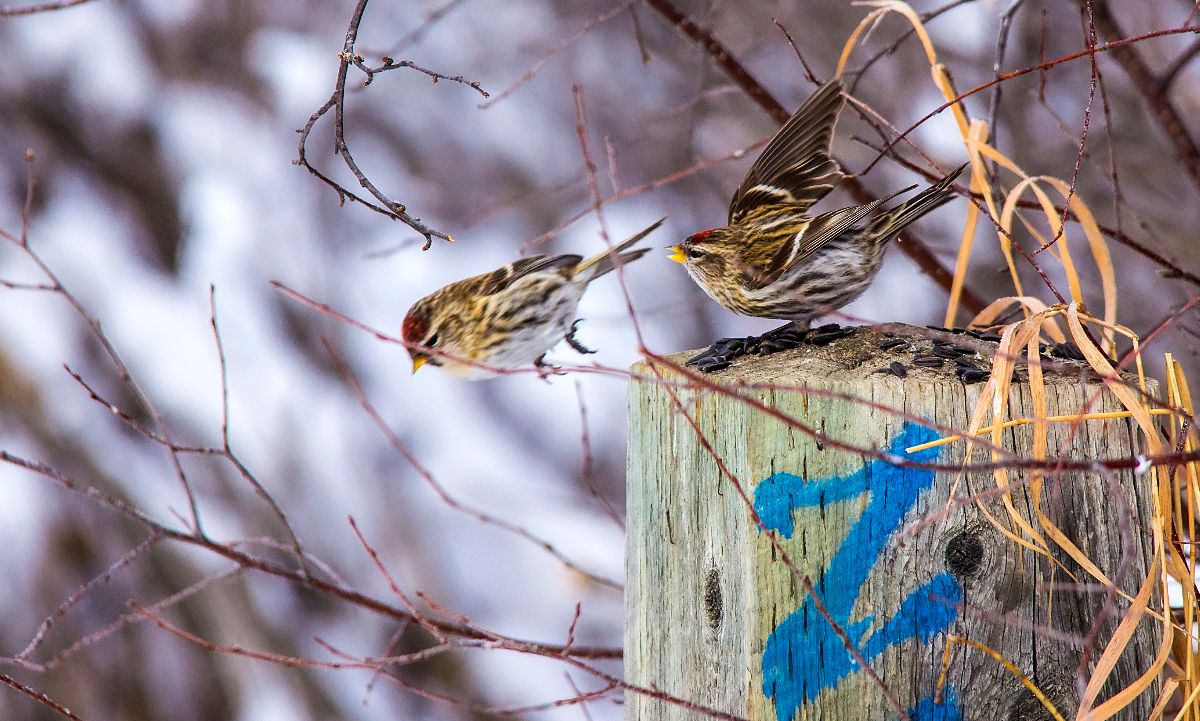
Common Redpolls
[exif id=”15153″]
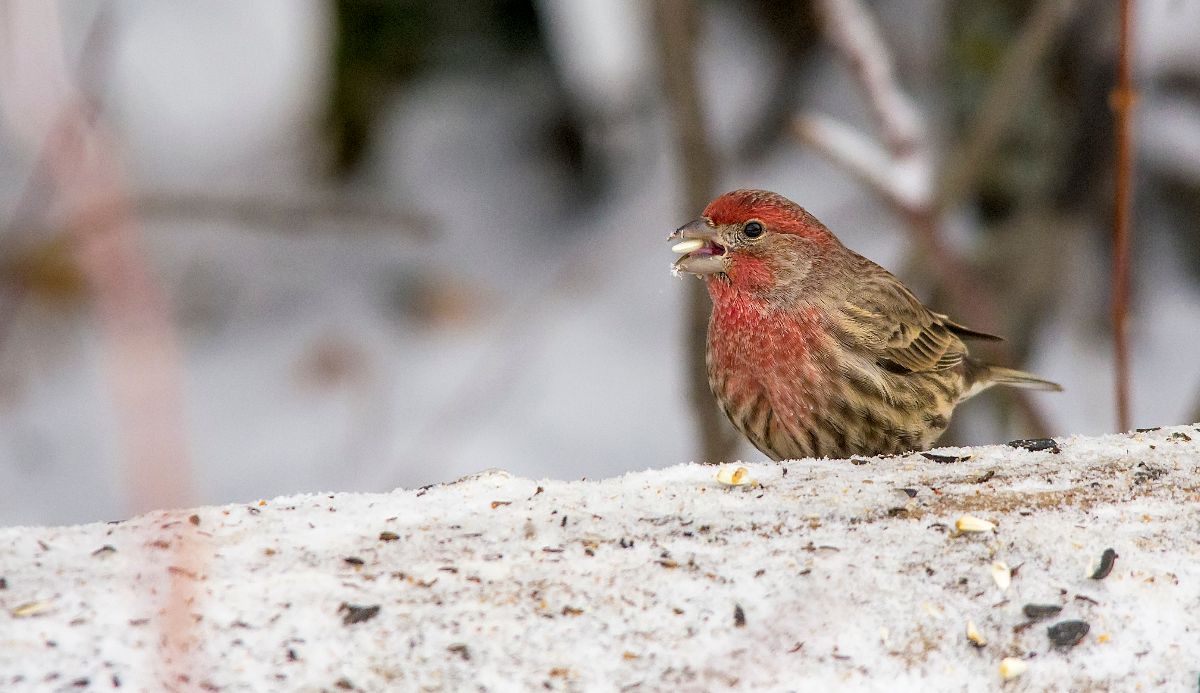
male House Finch
[exif id=”15154″]
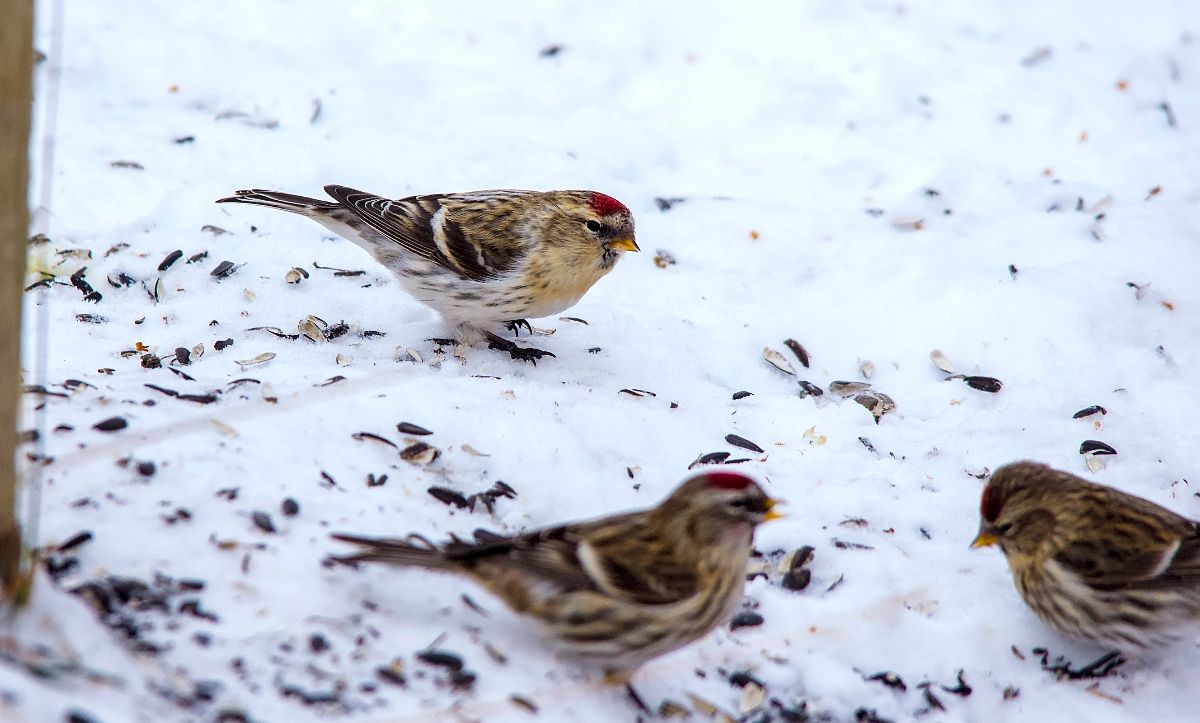
Hoary (top) and Common (bottom) Redpolls
[exif id=”15155″]
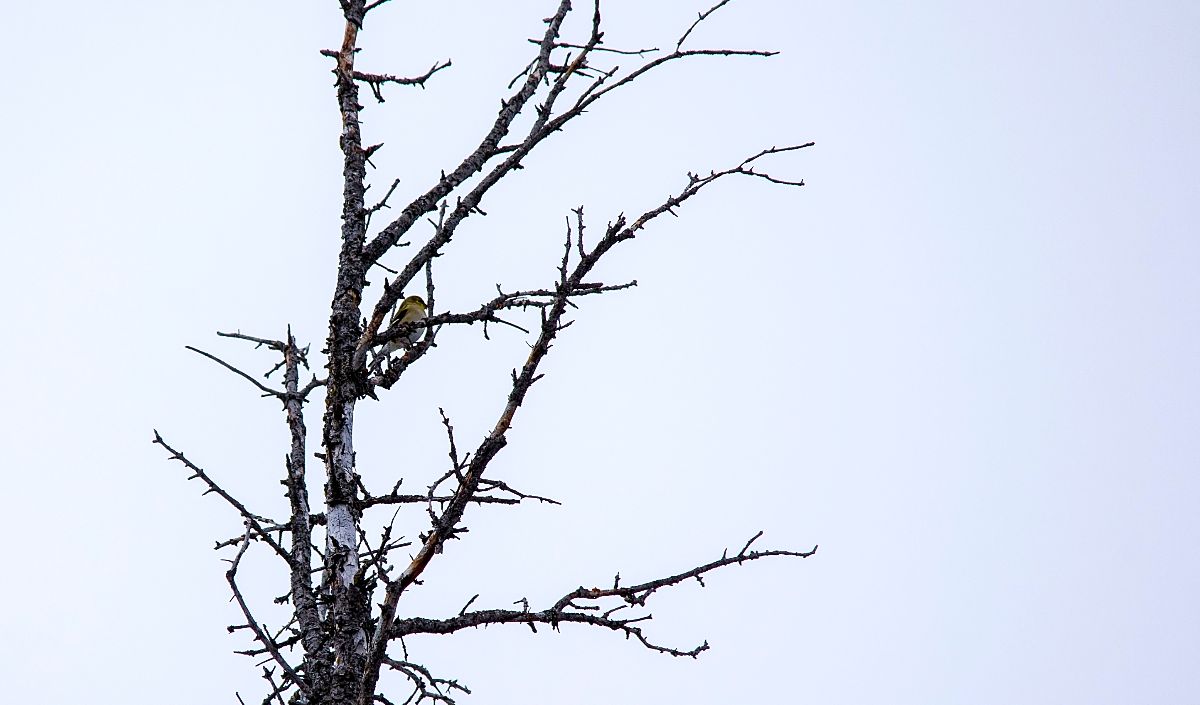
American Goldfinch
[exif id=”15156″]
I hope your Christmas and New Year are just as happy as mine have been, and I hope to have many more birds to share with you in the New Year!
